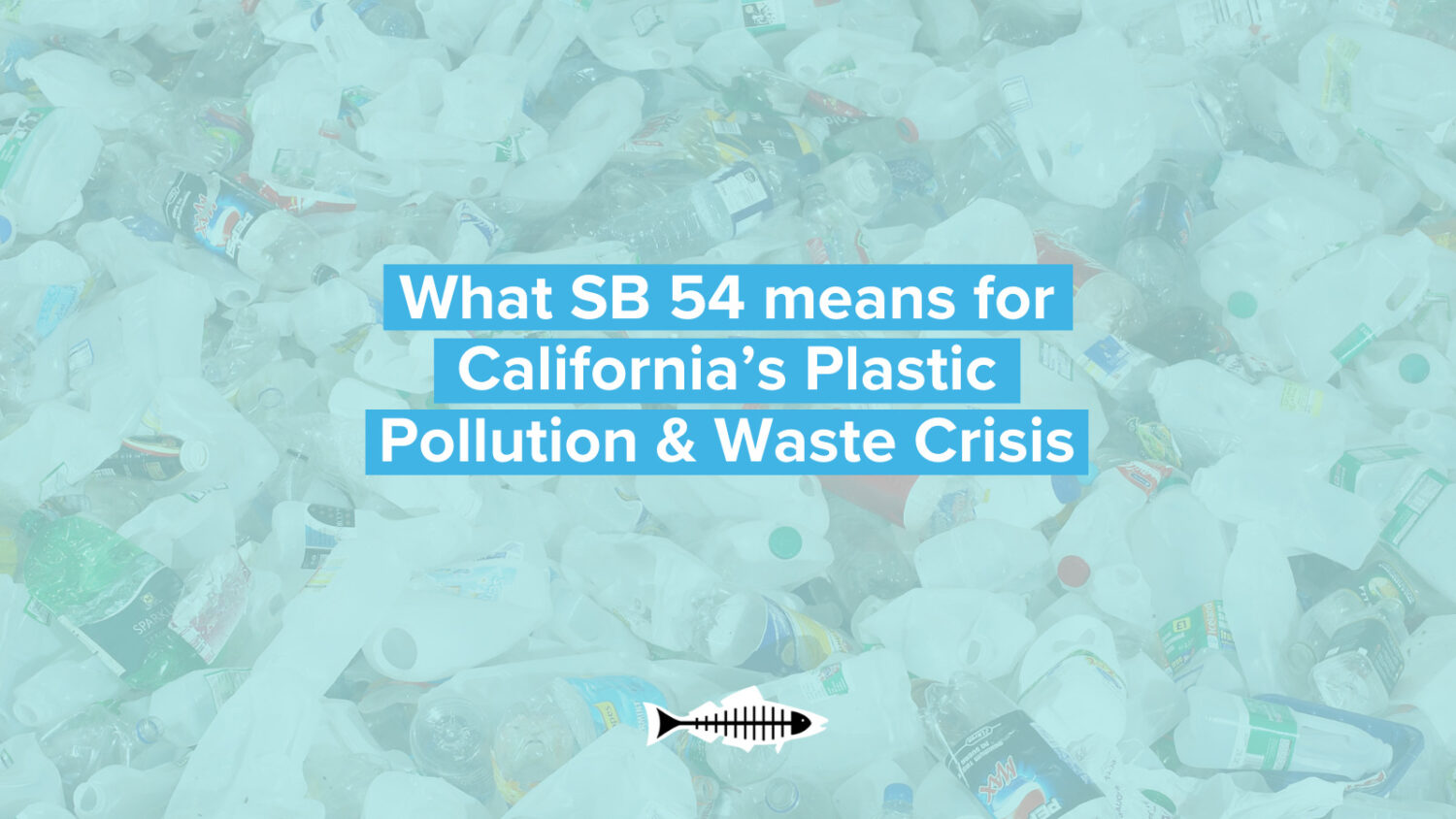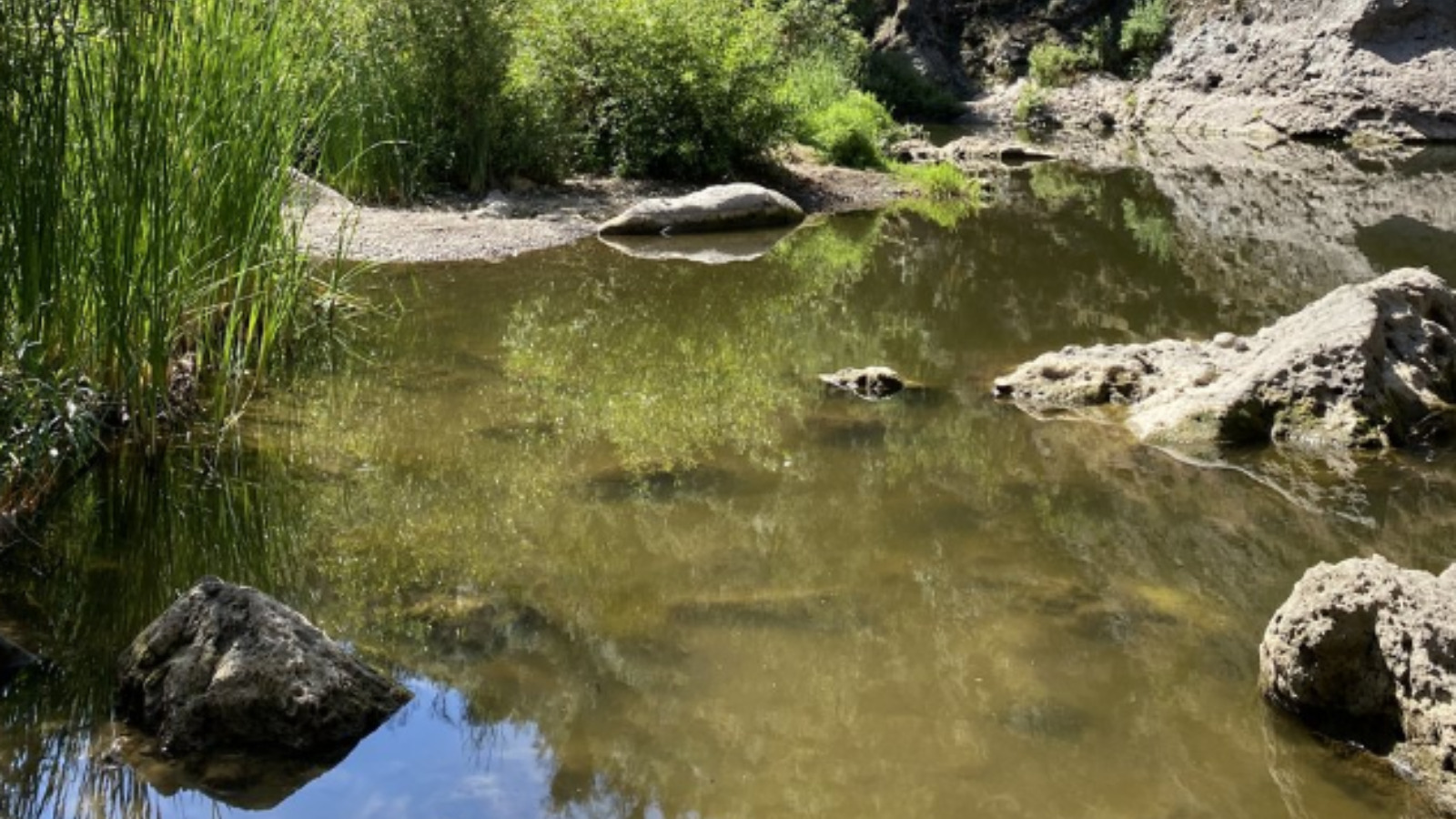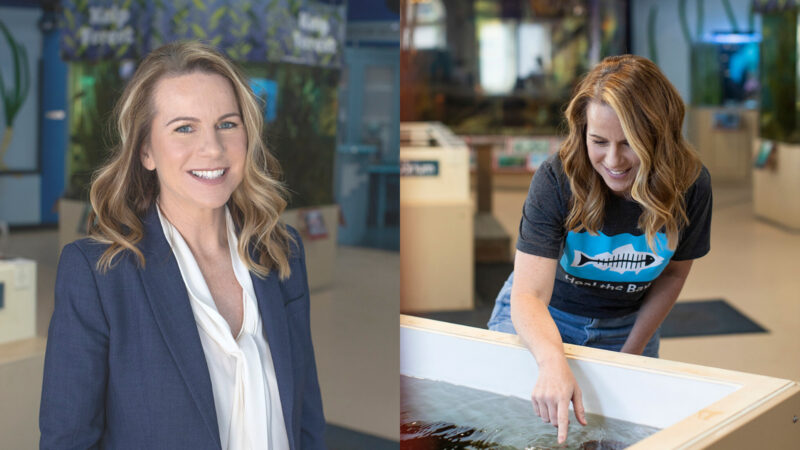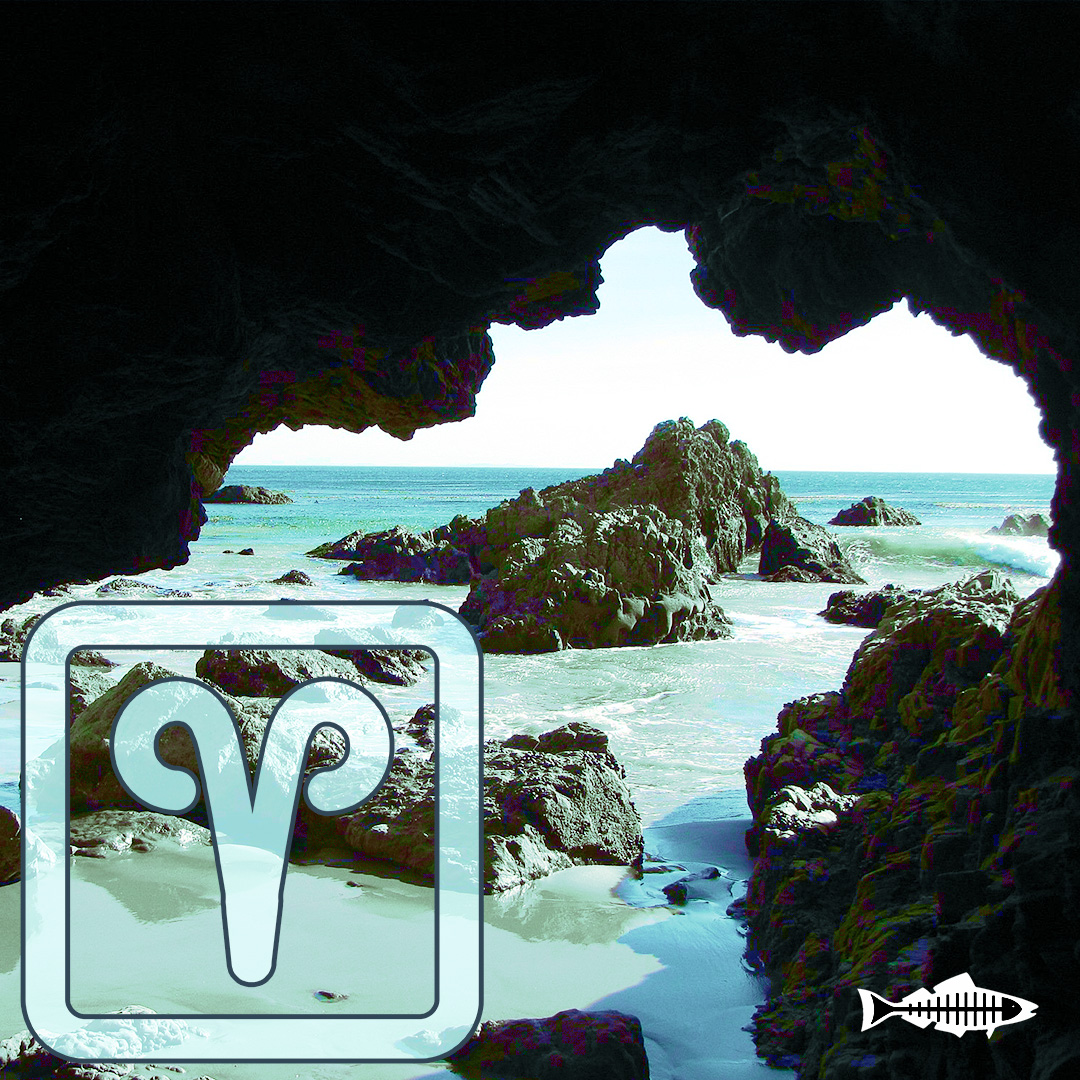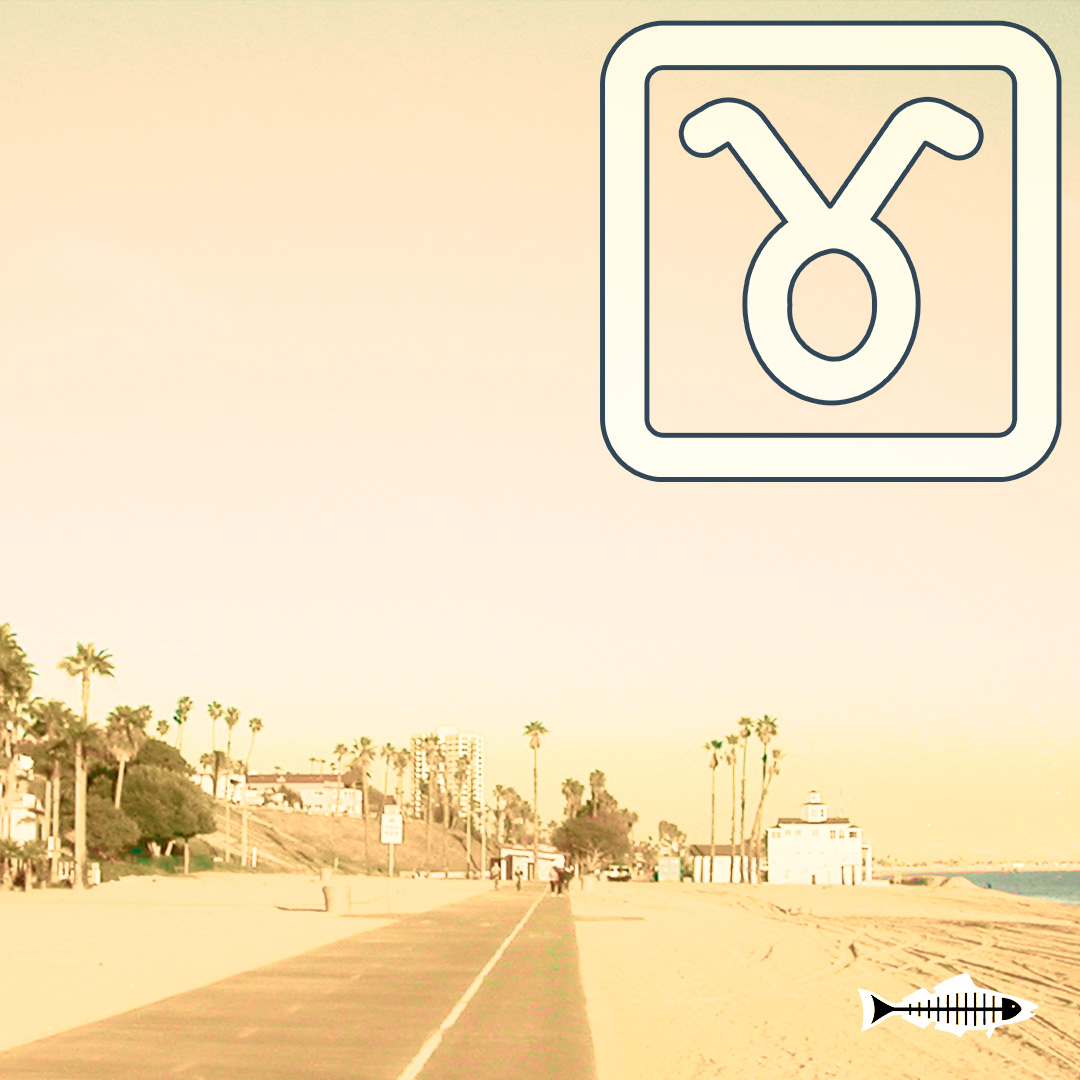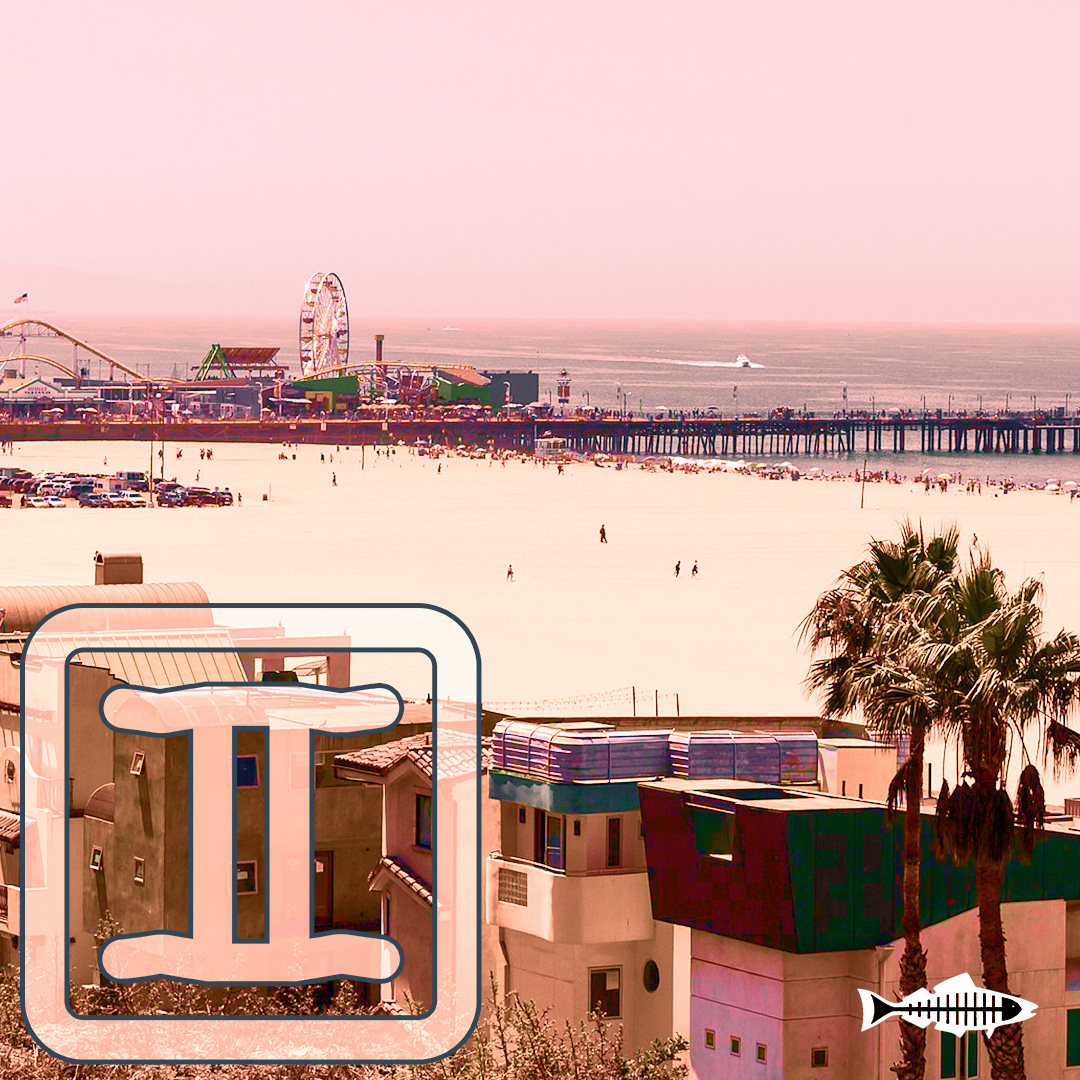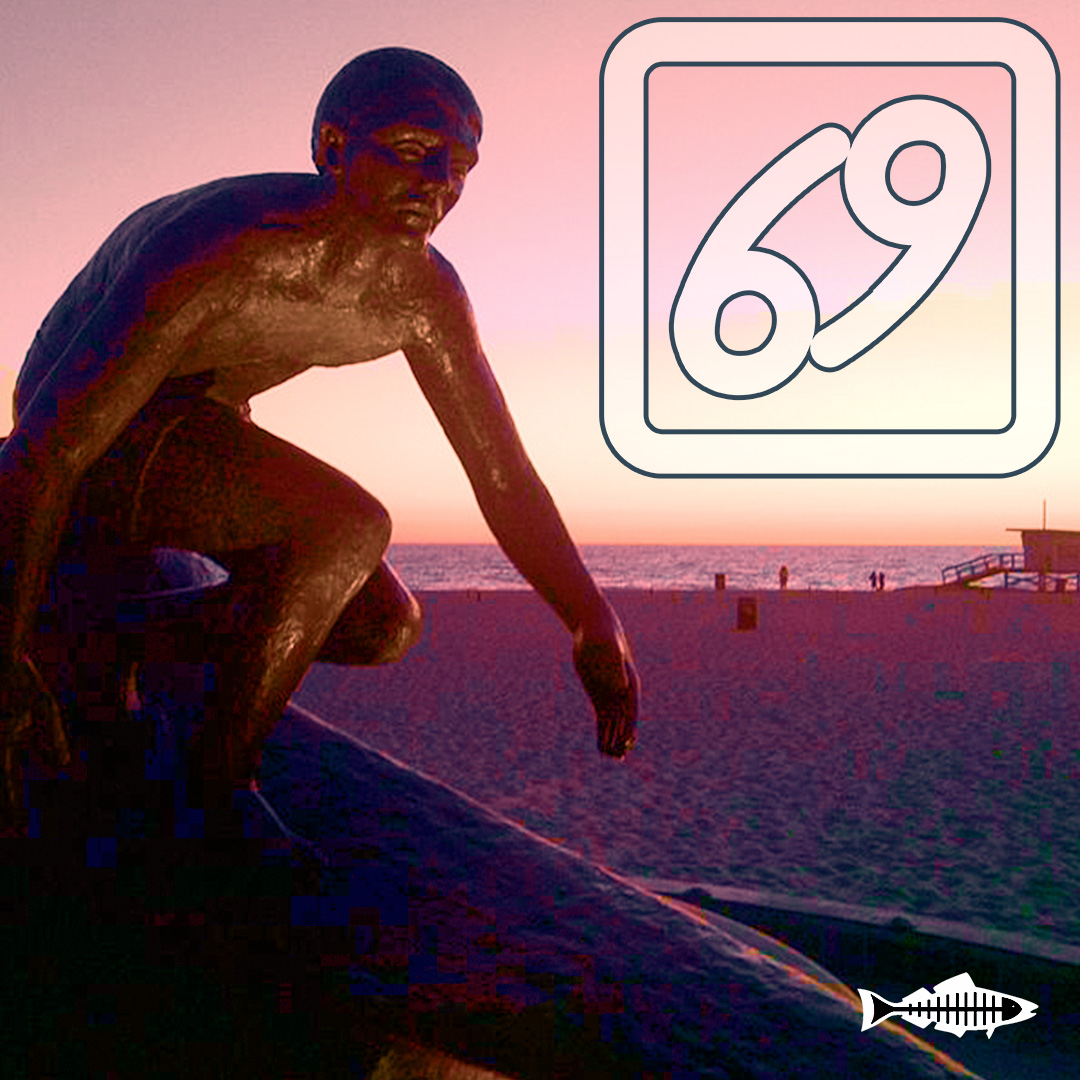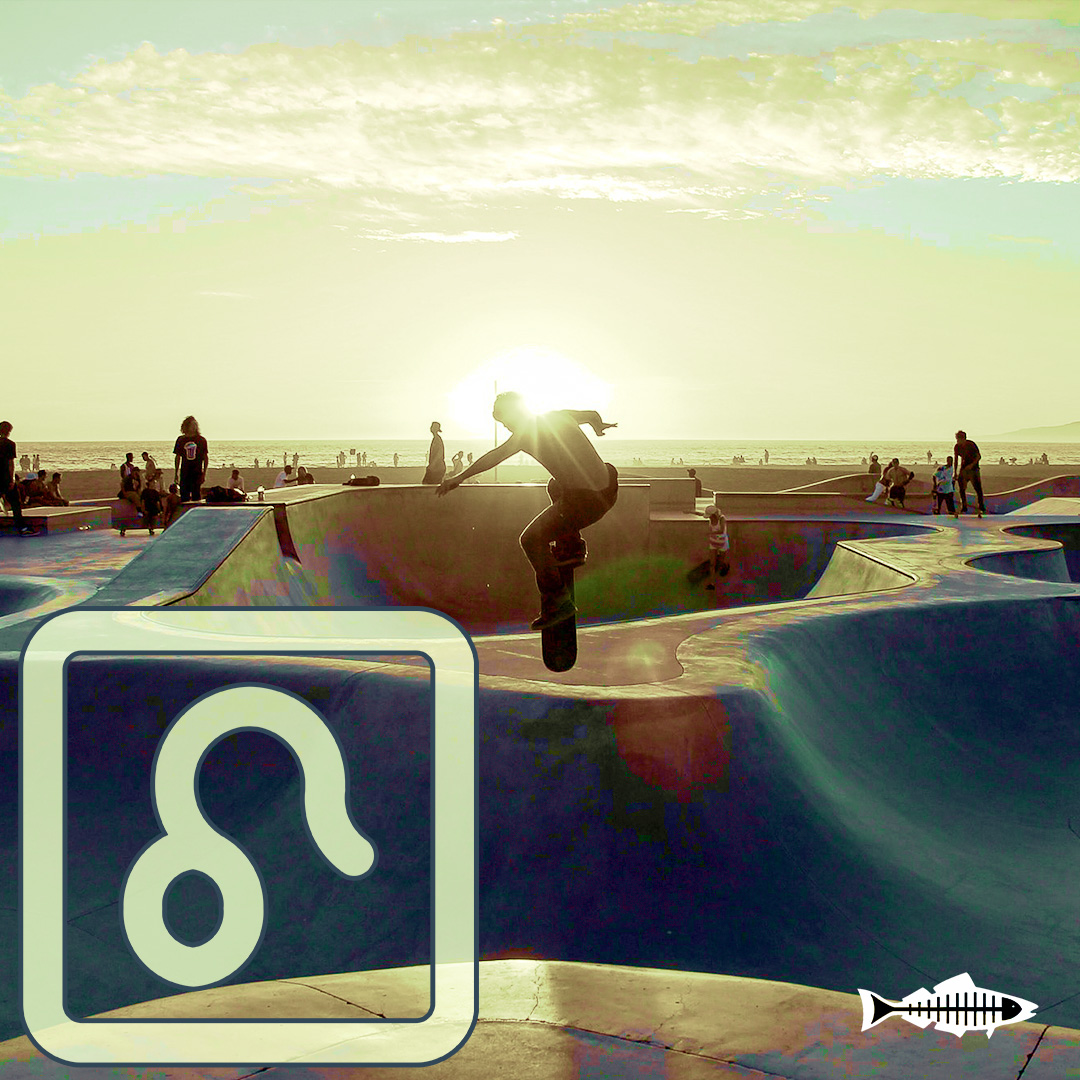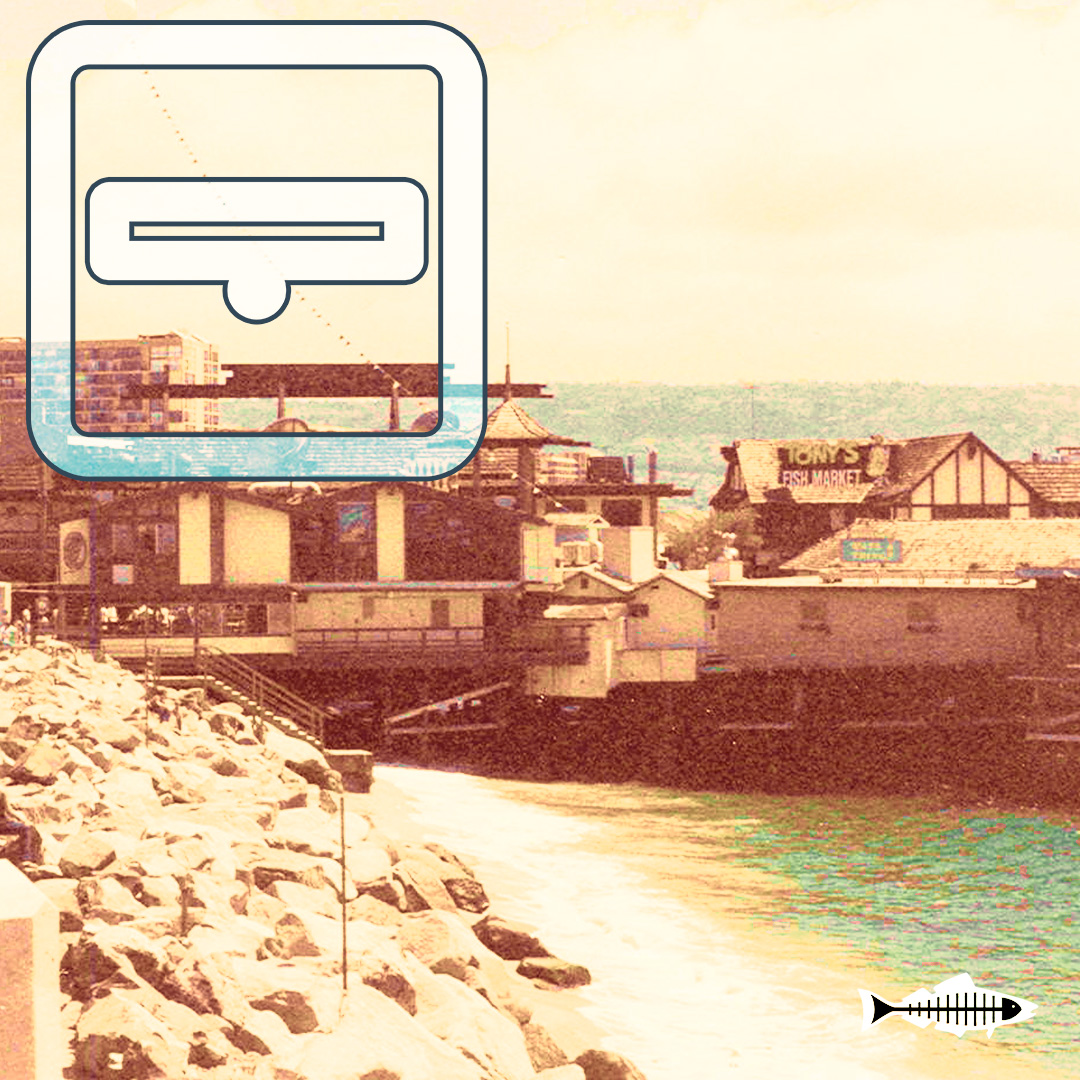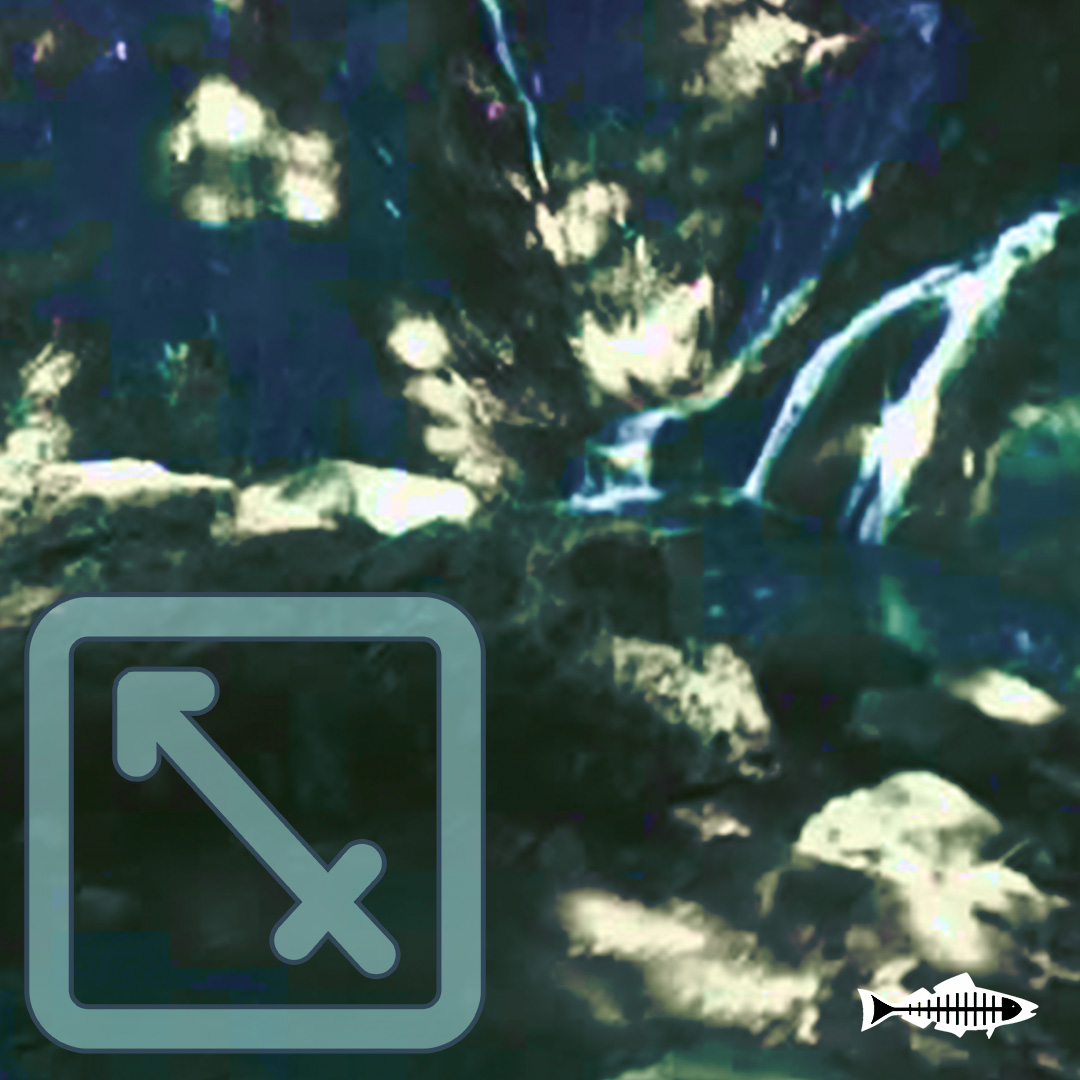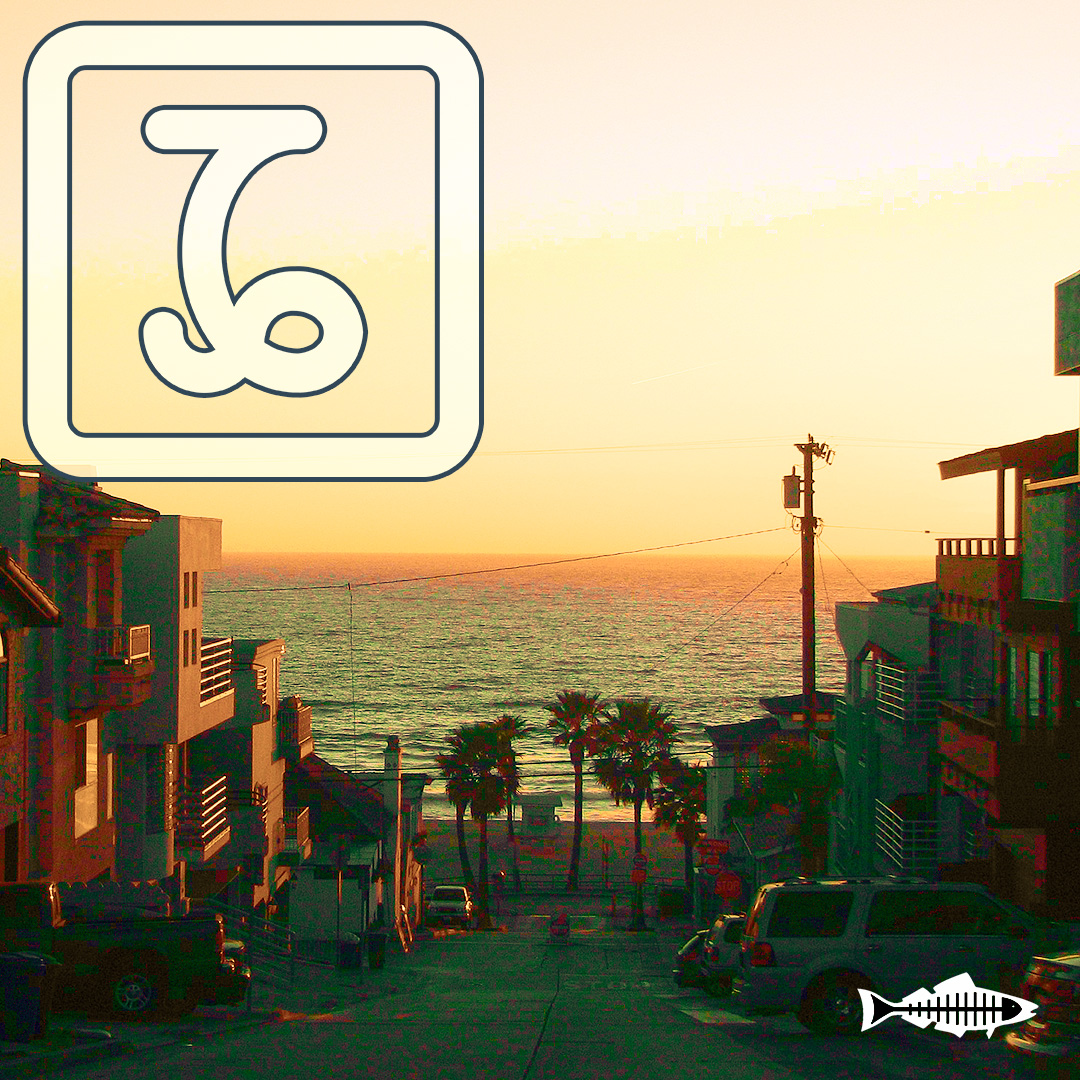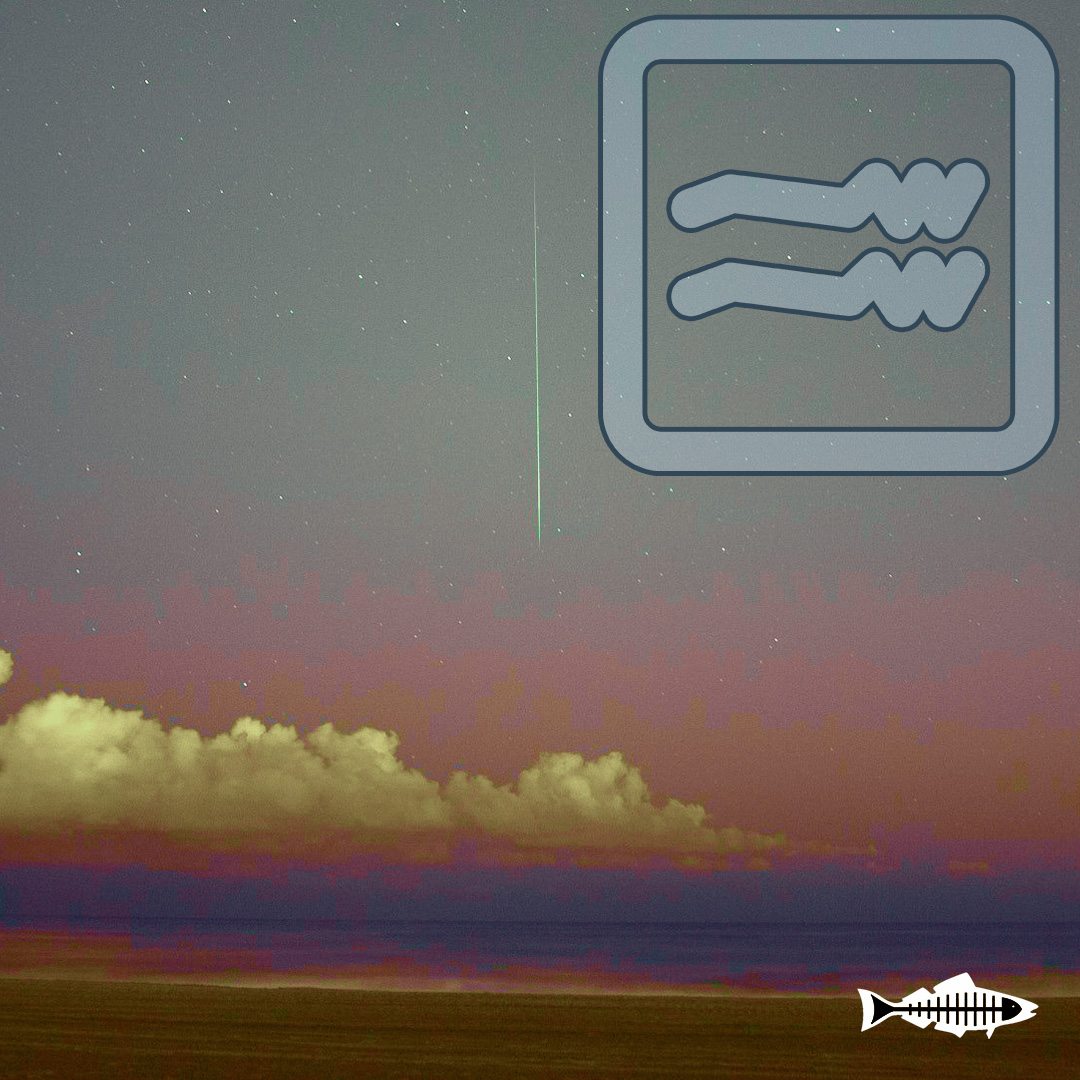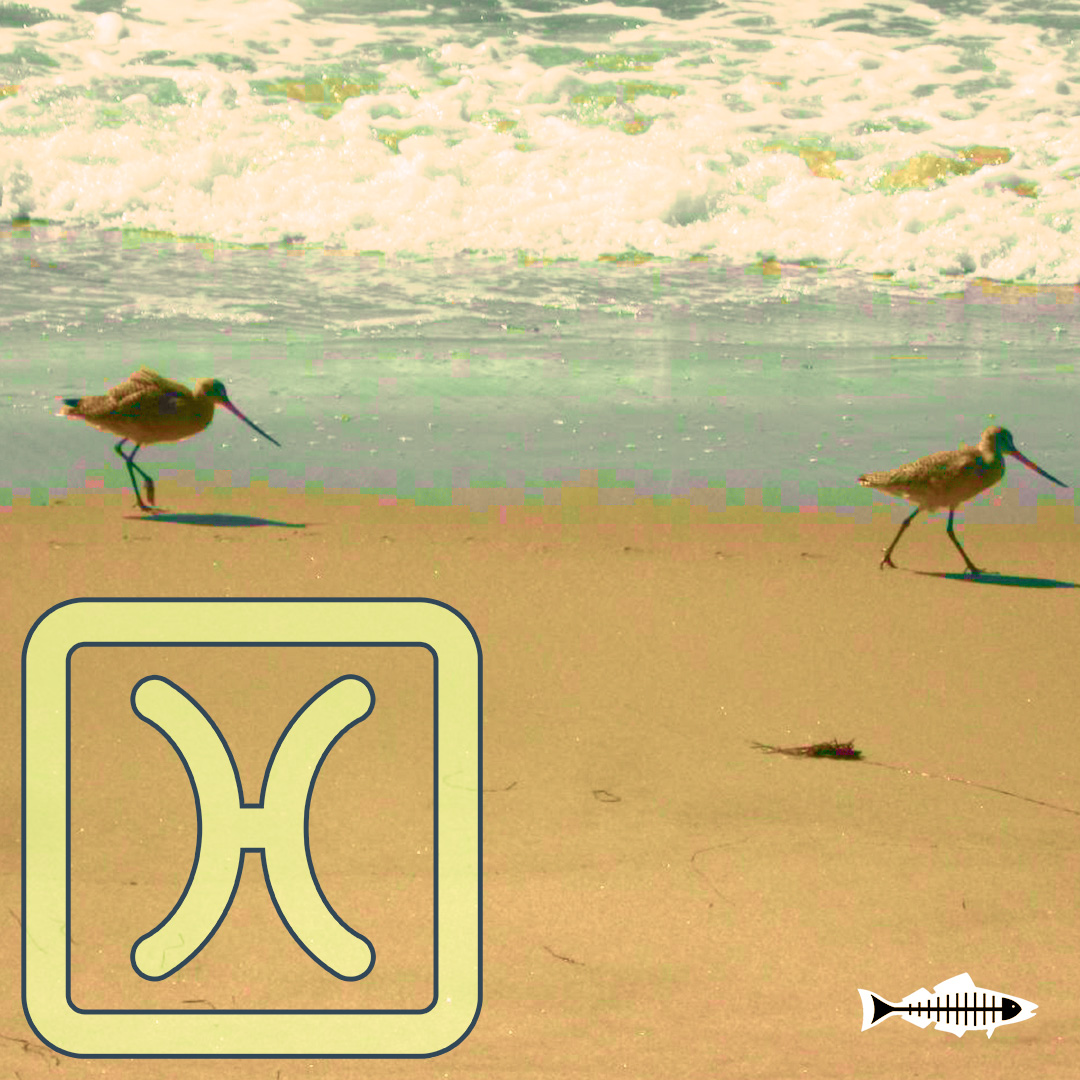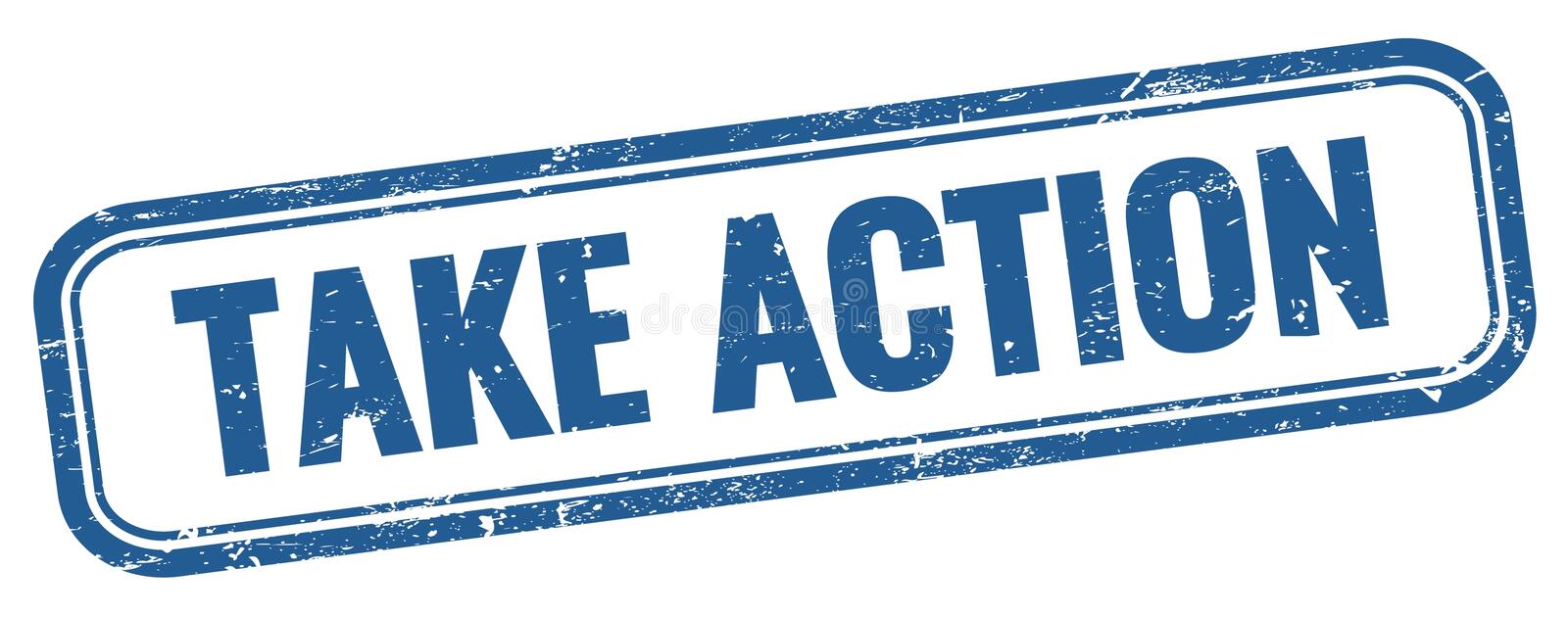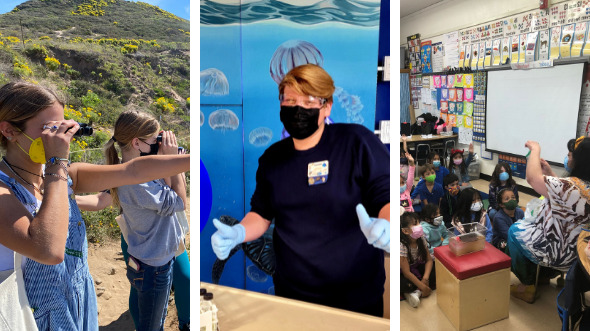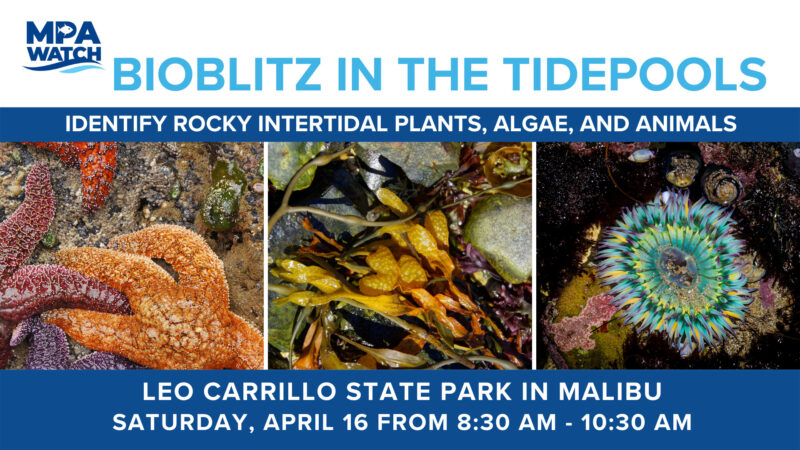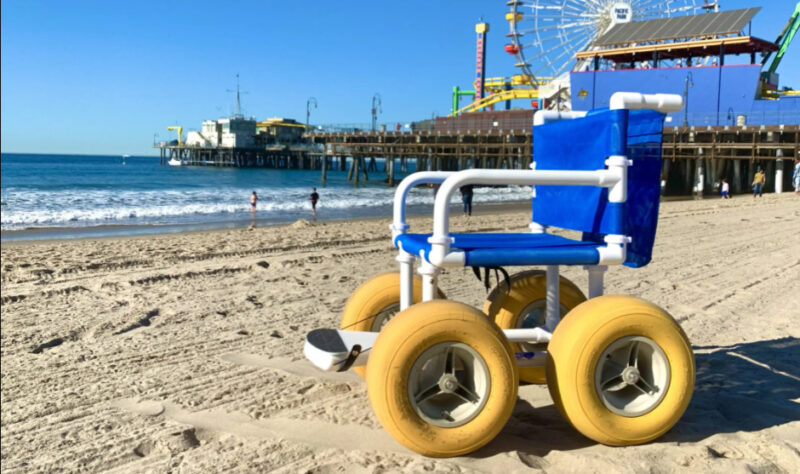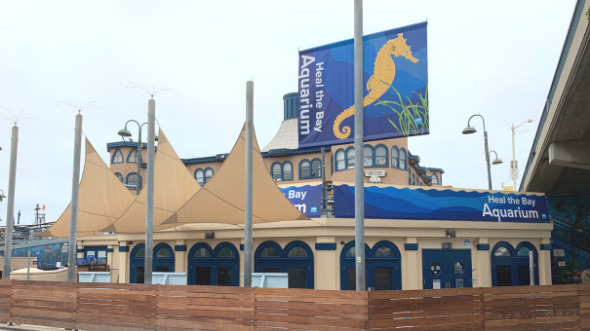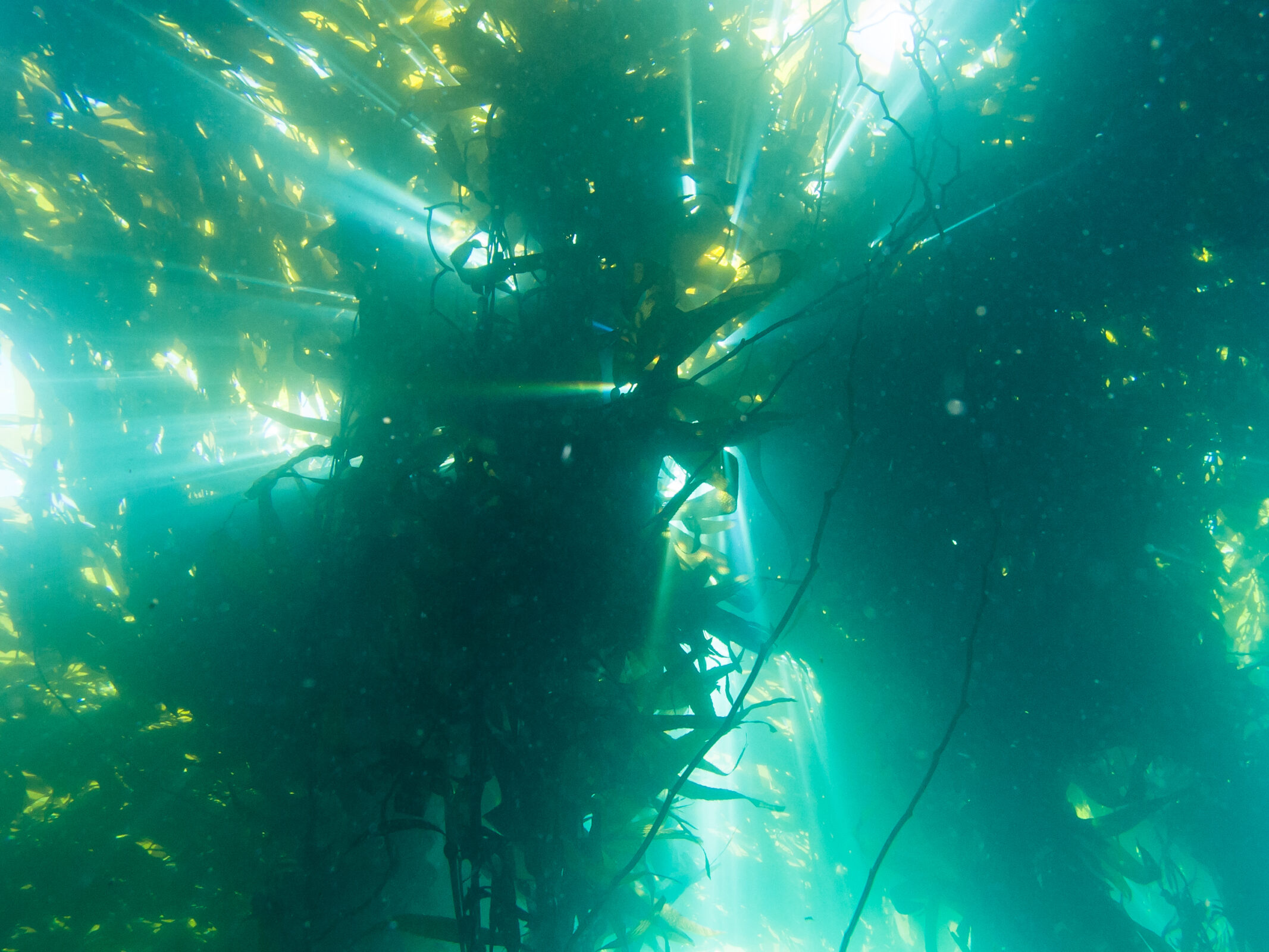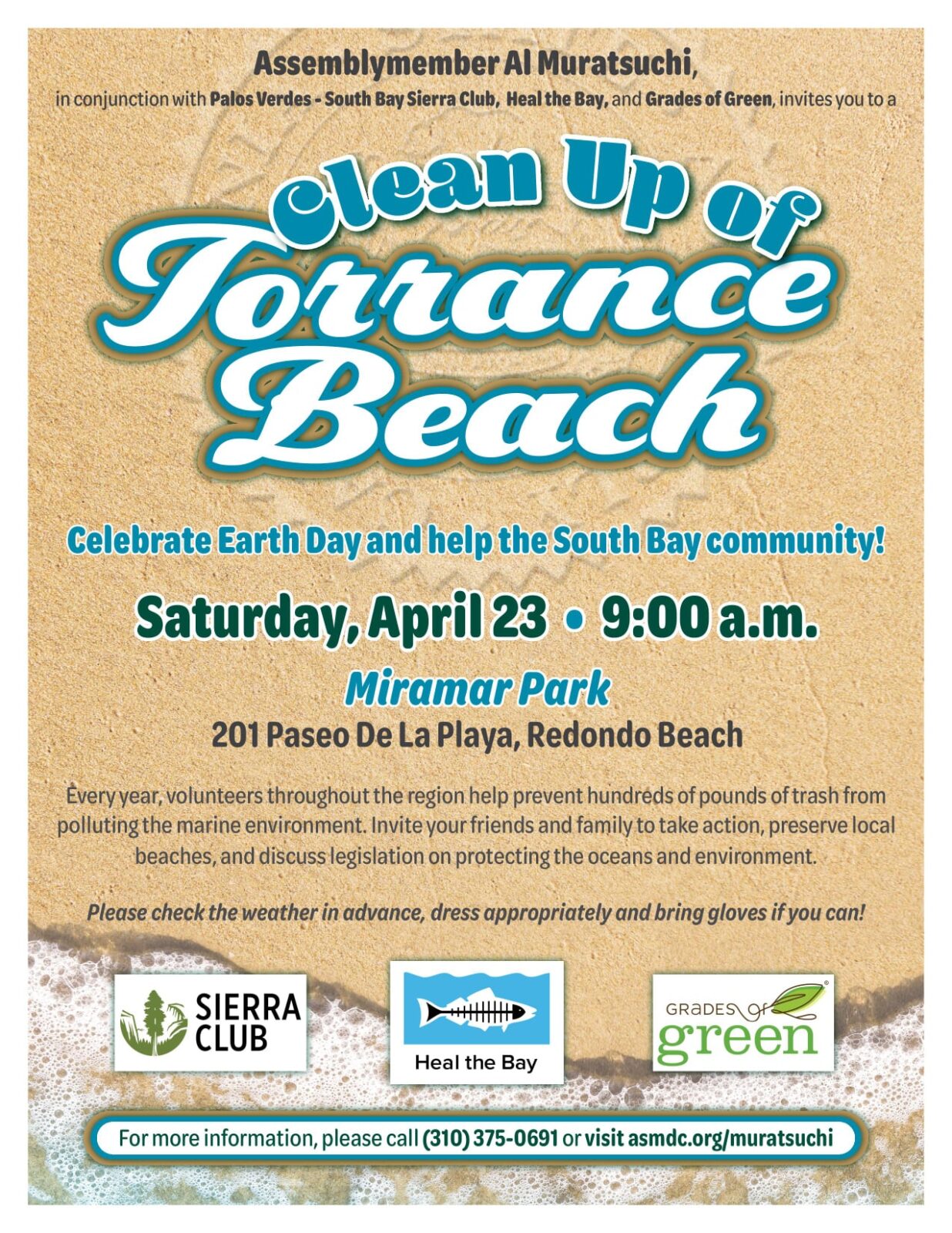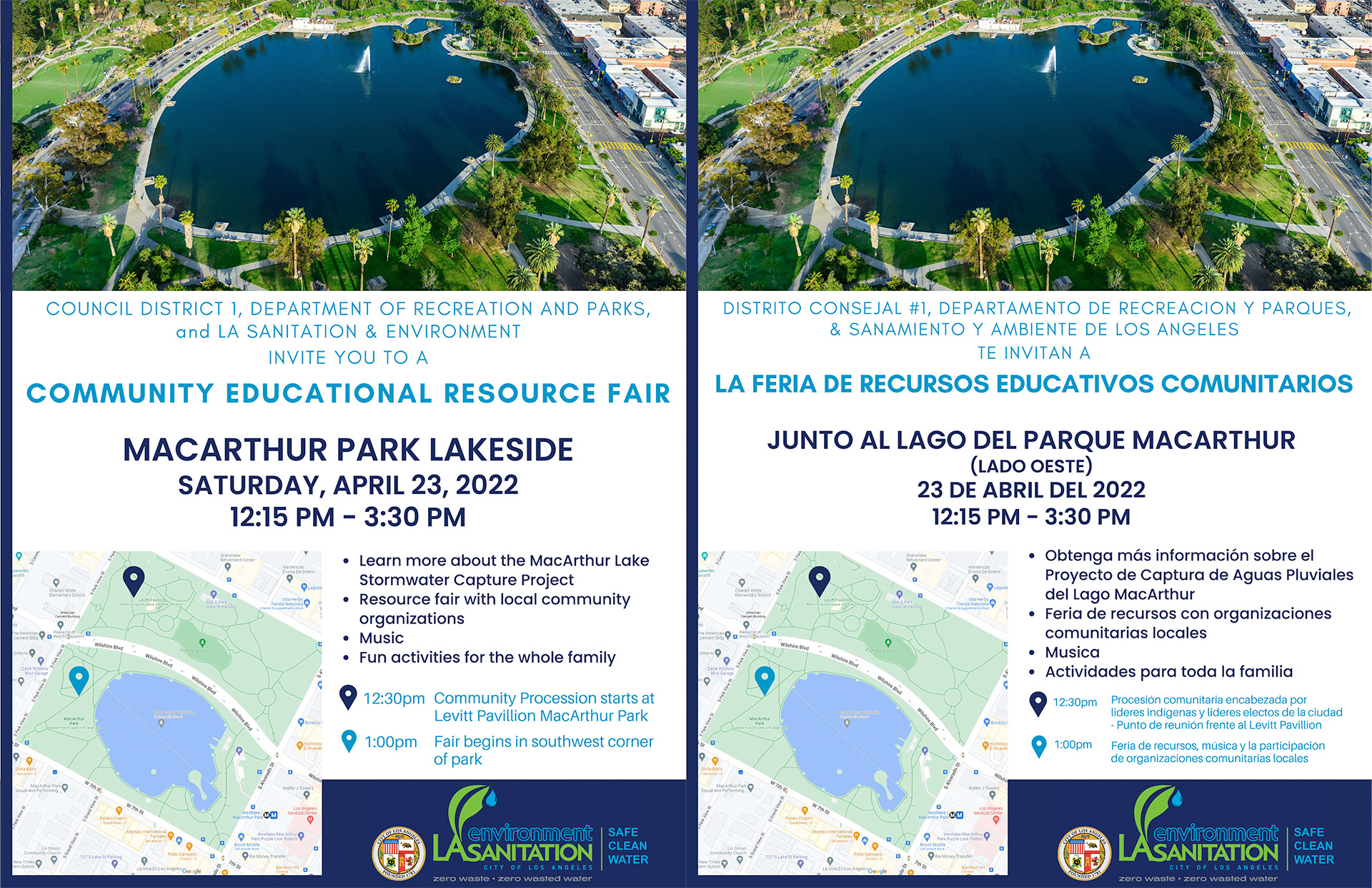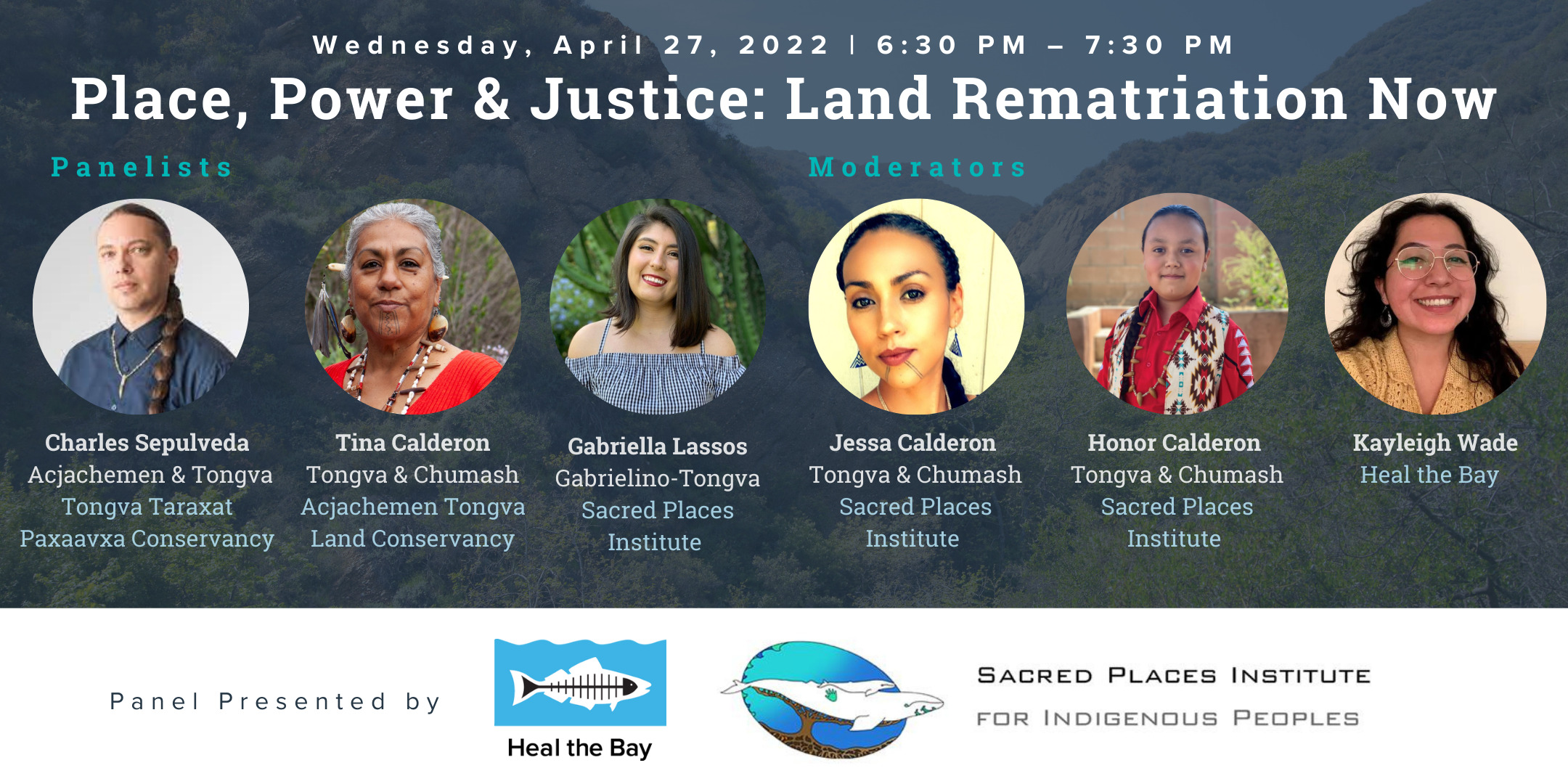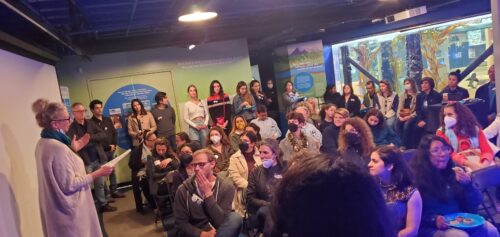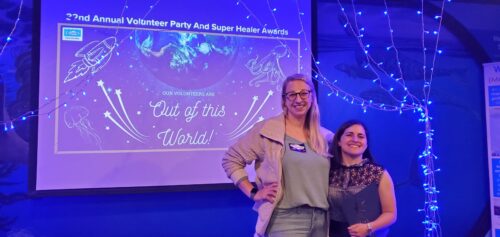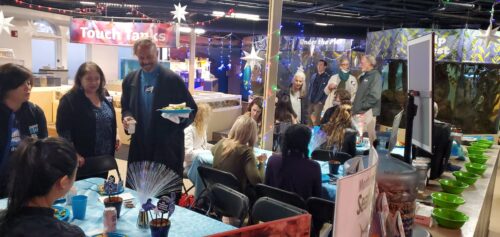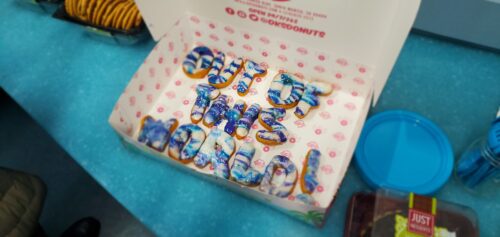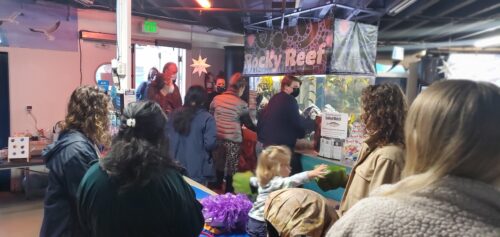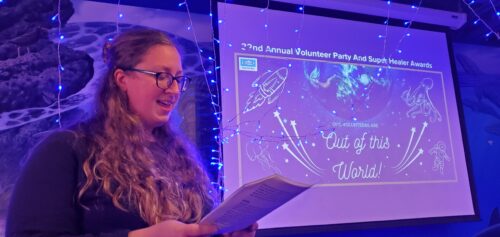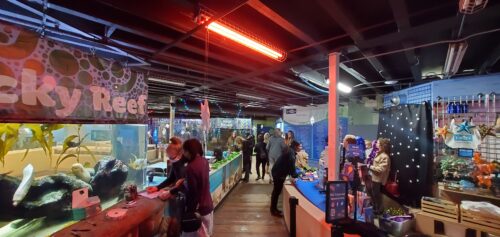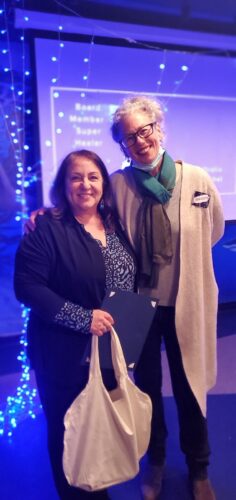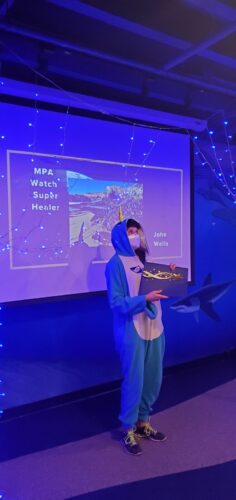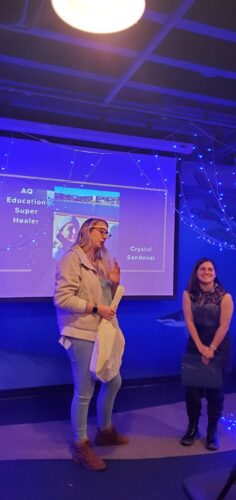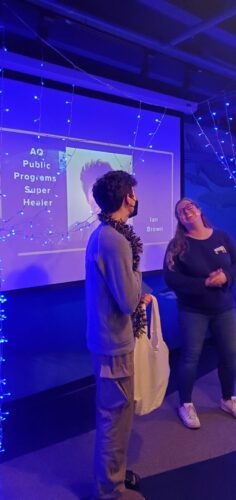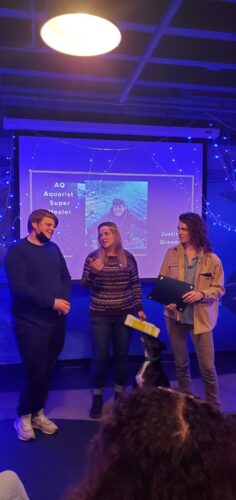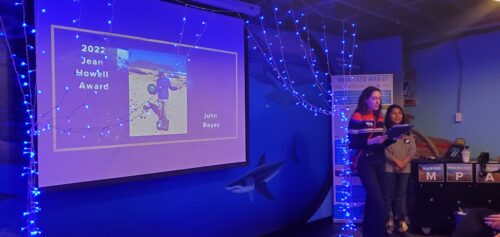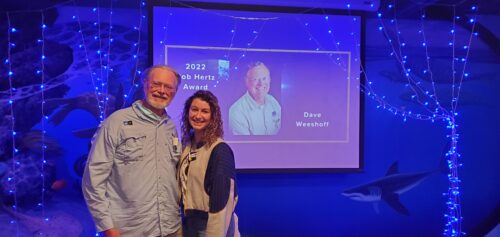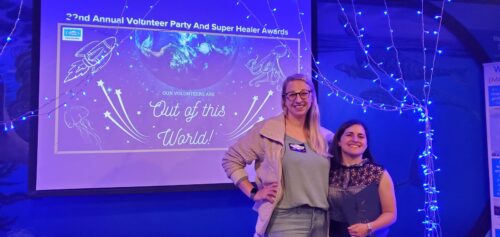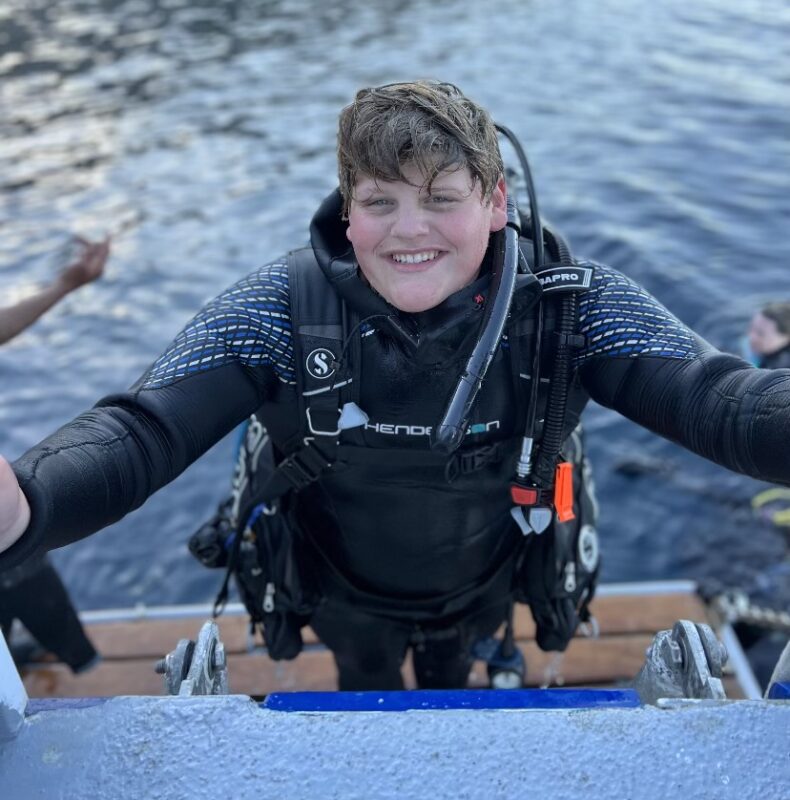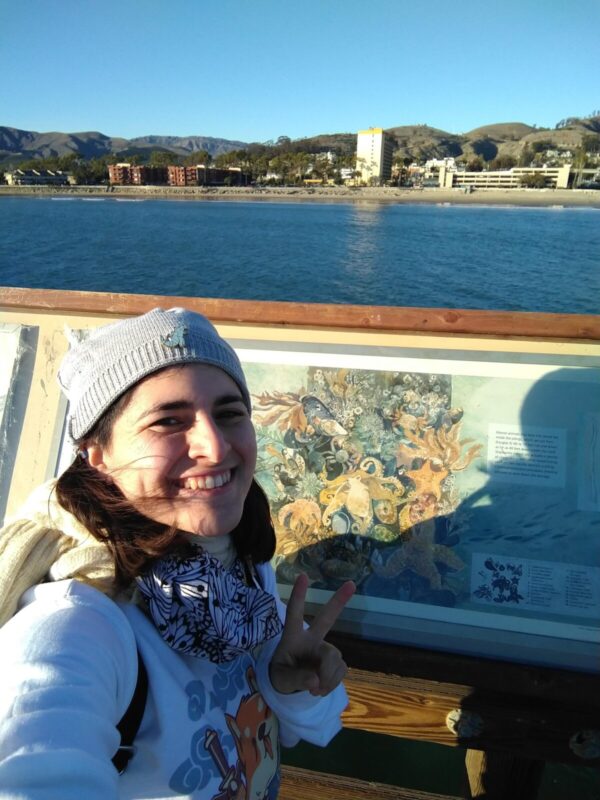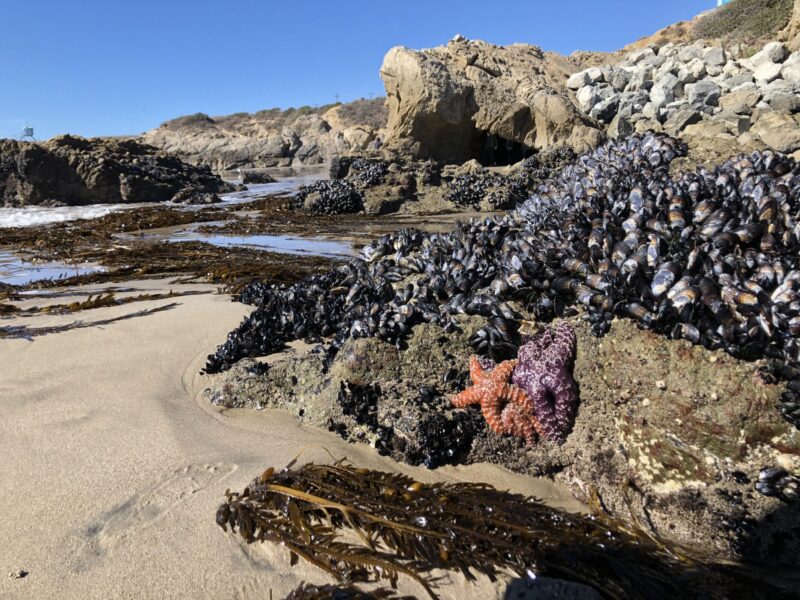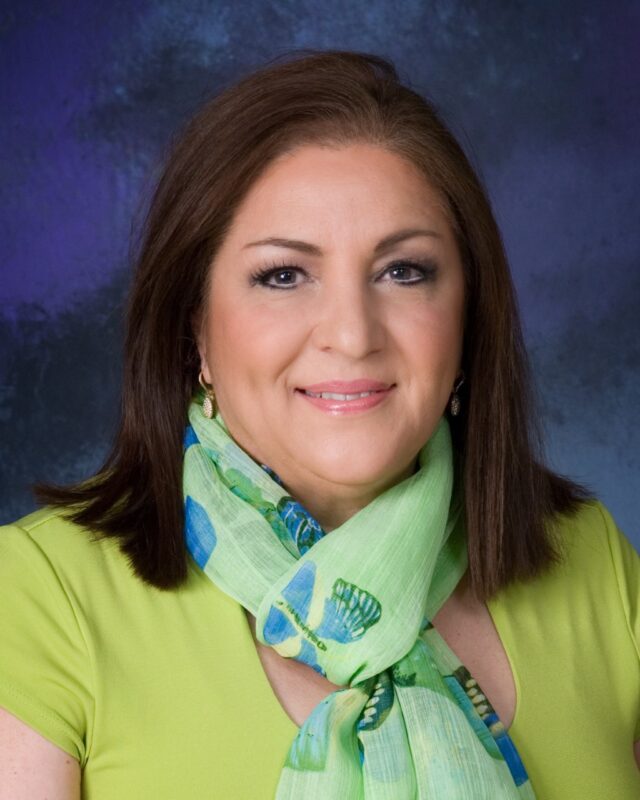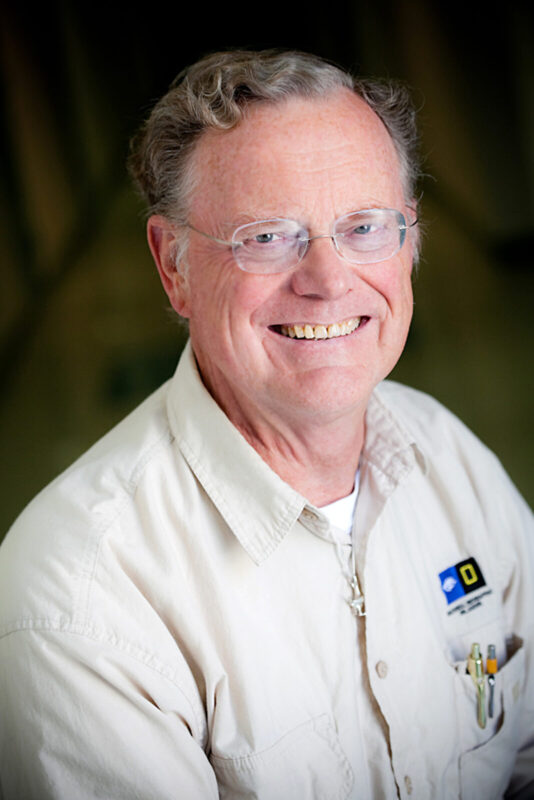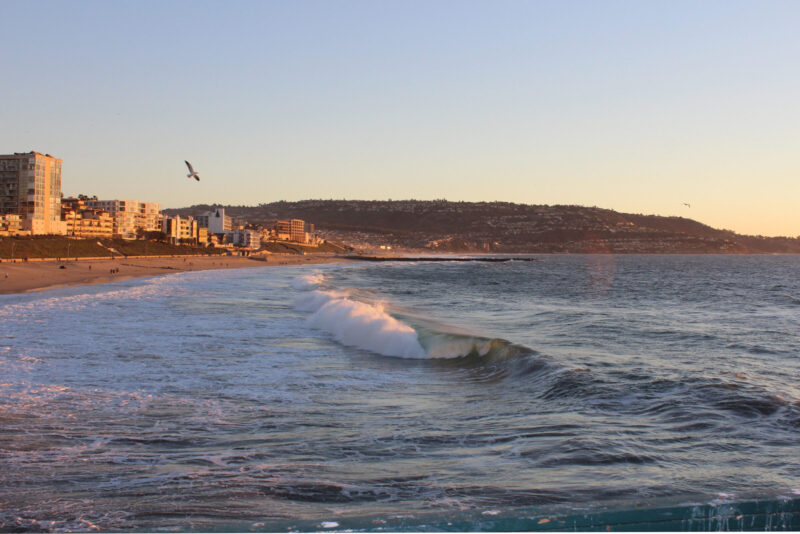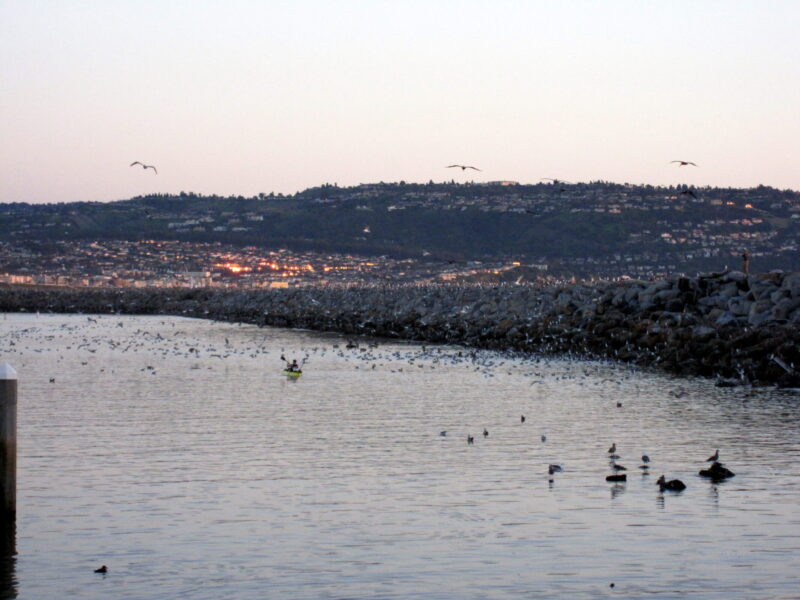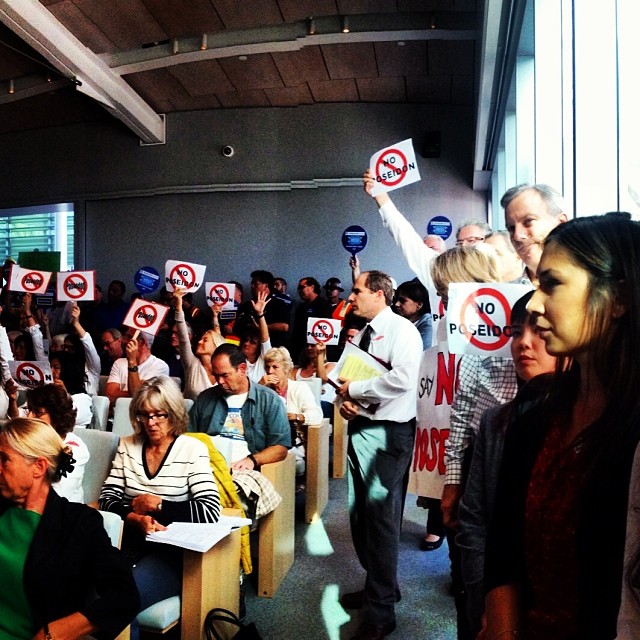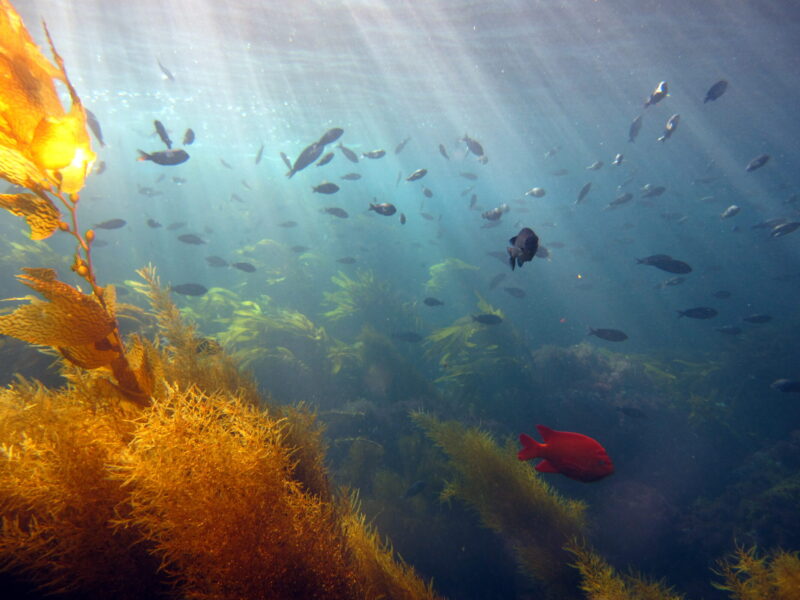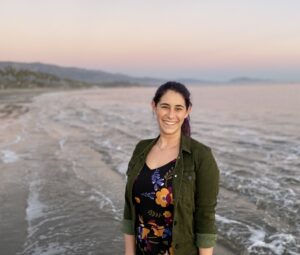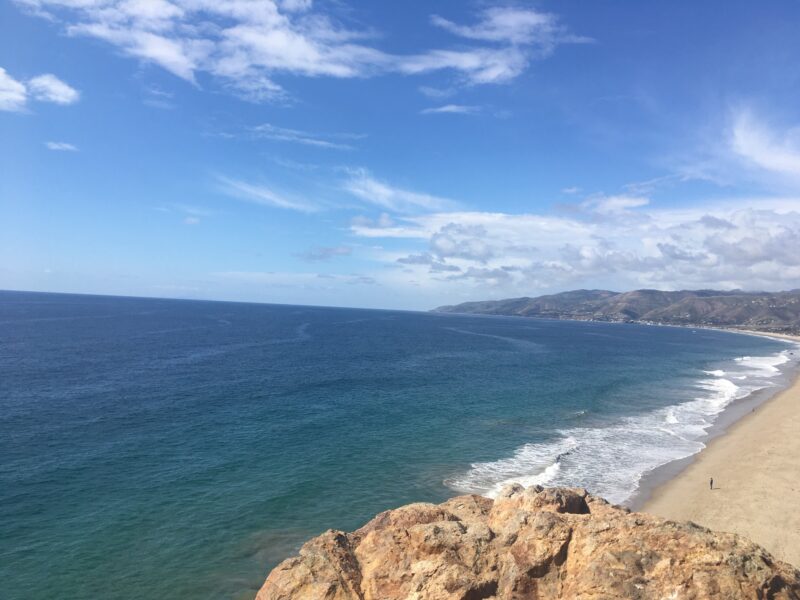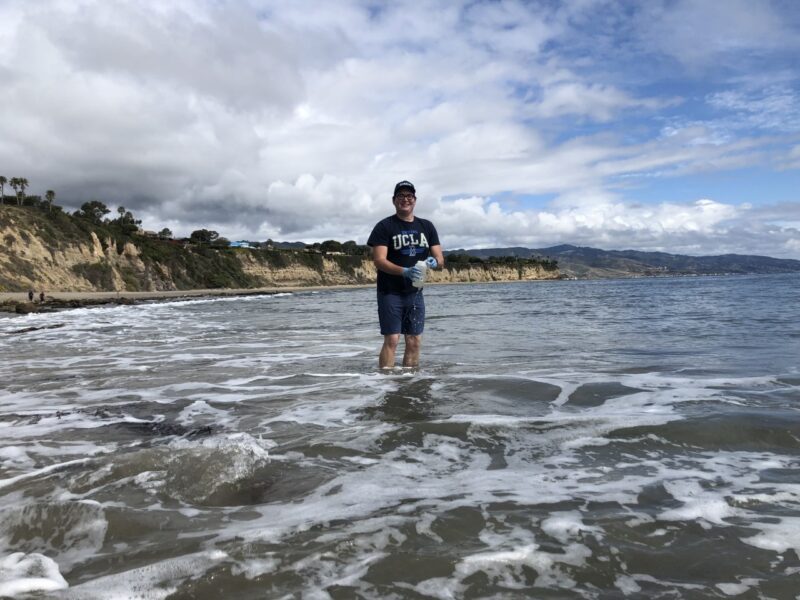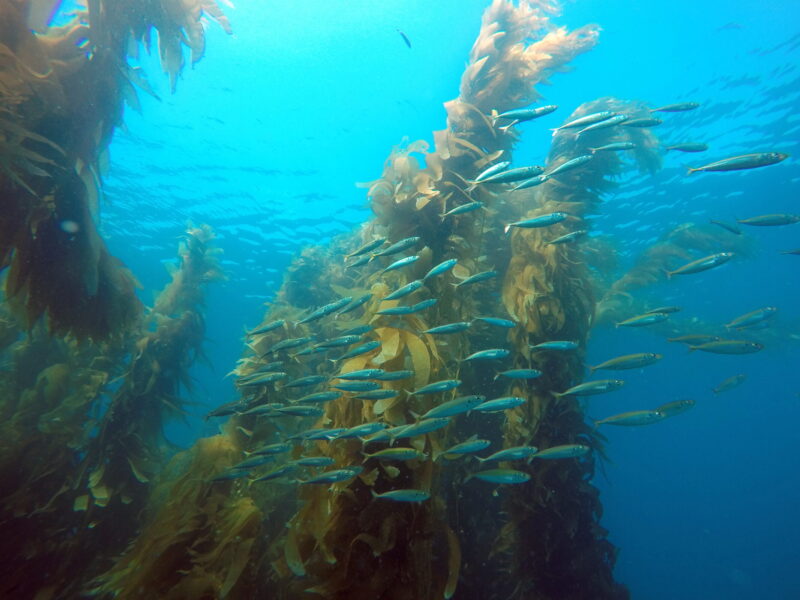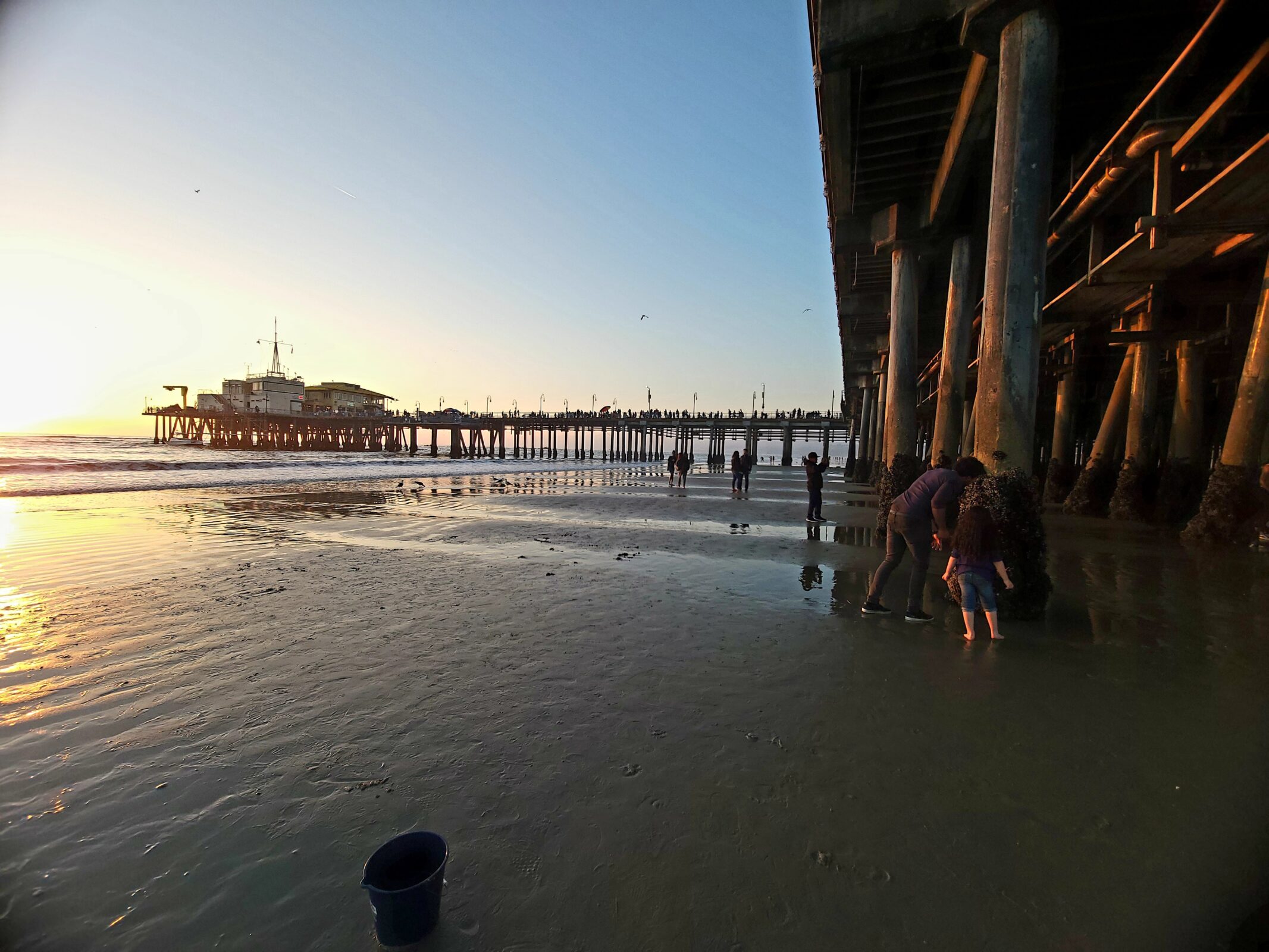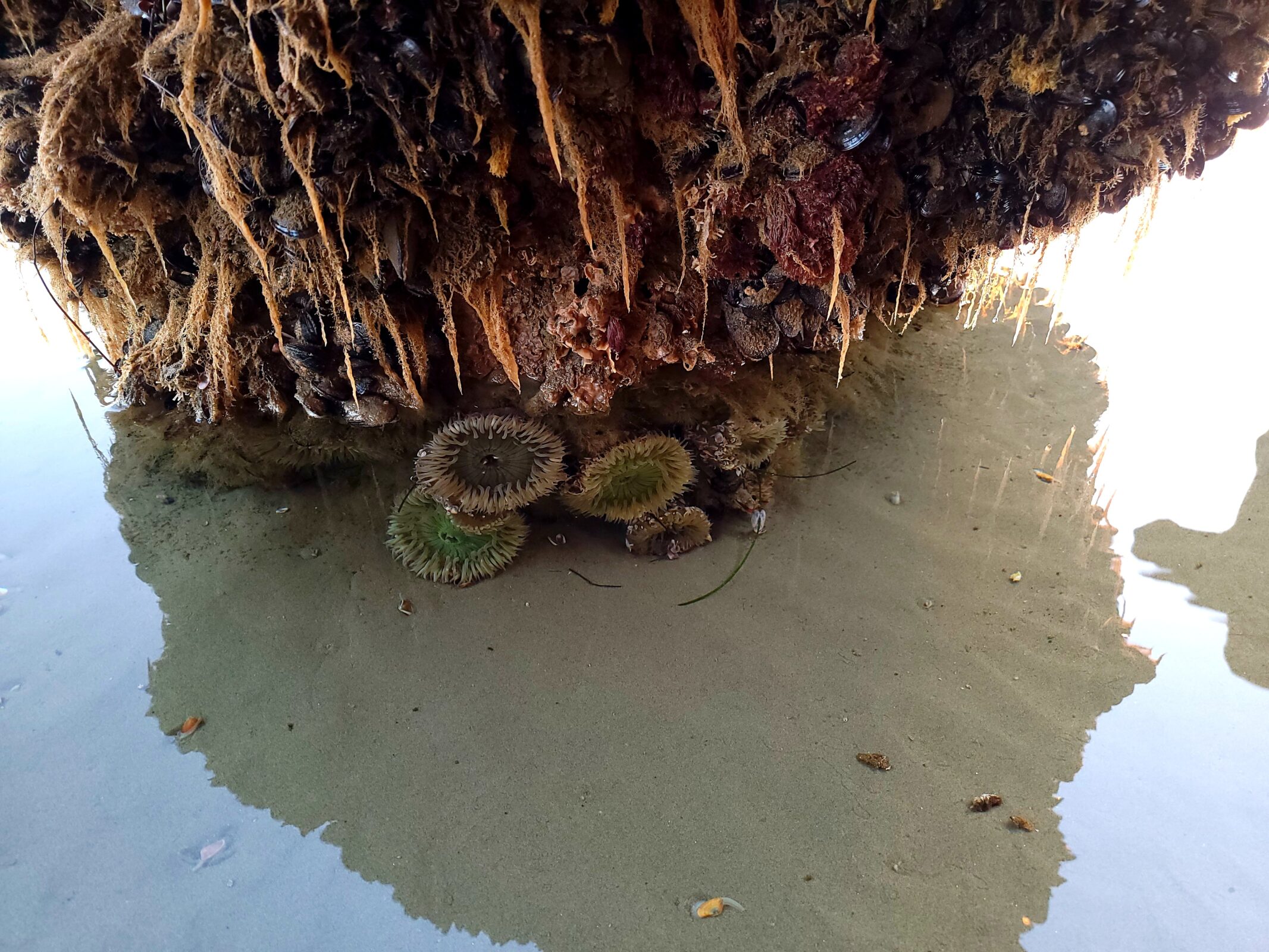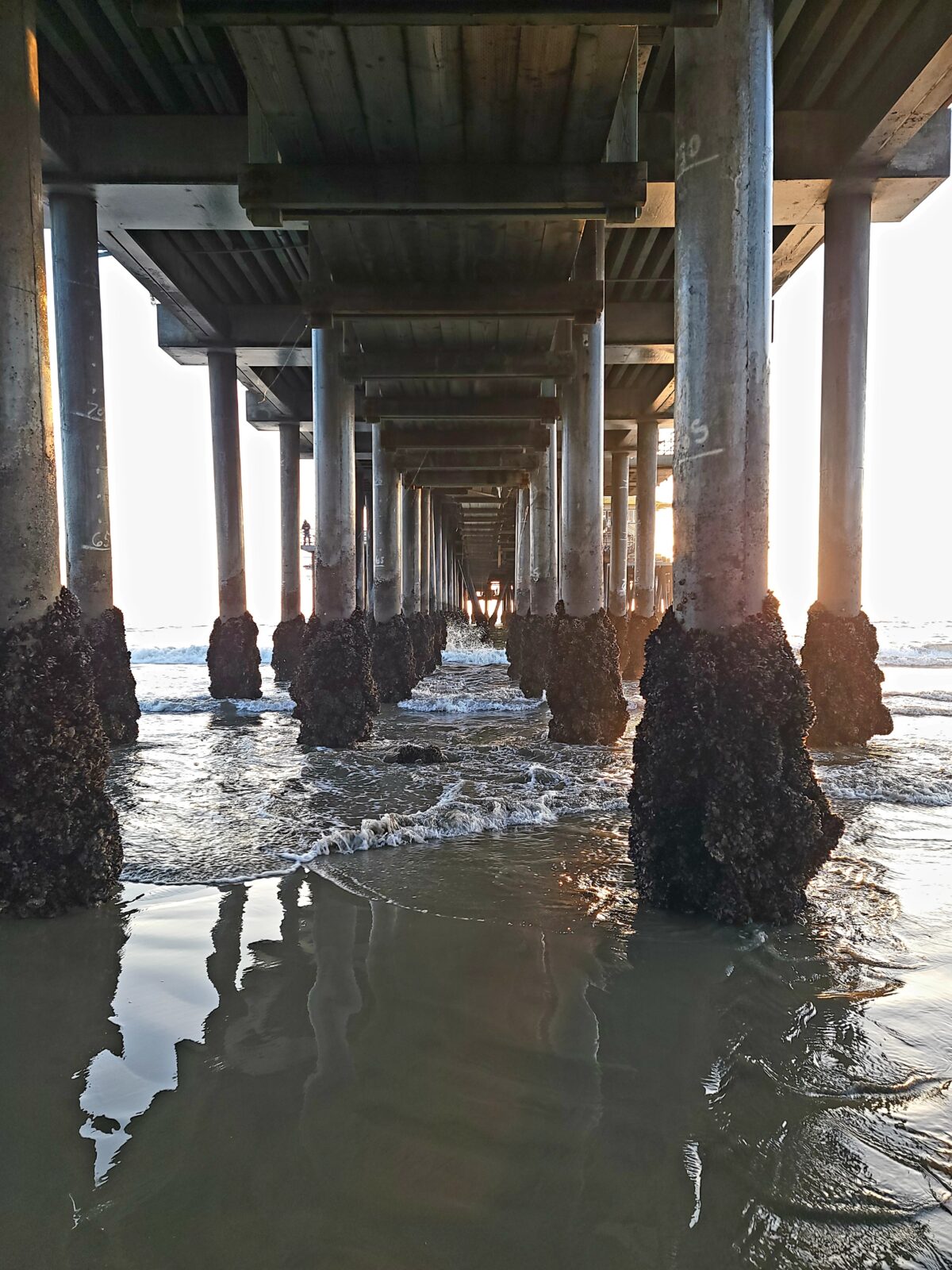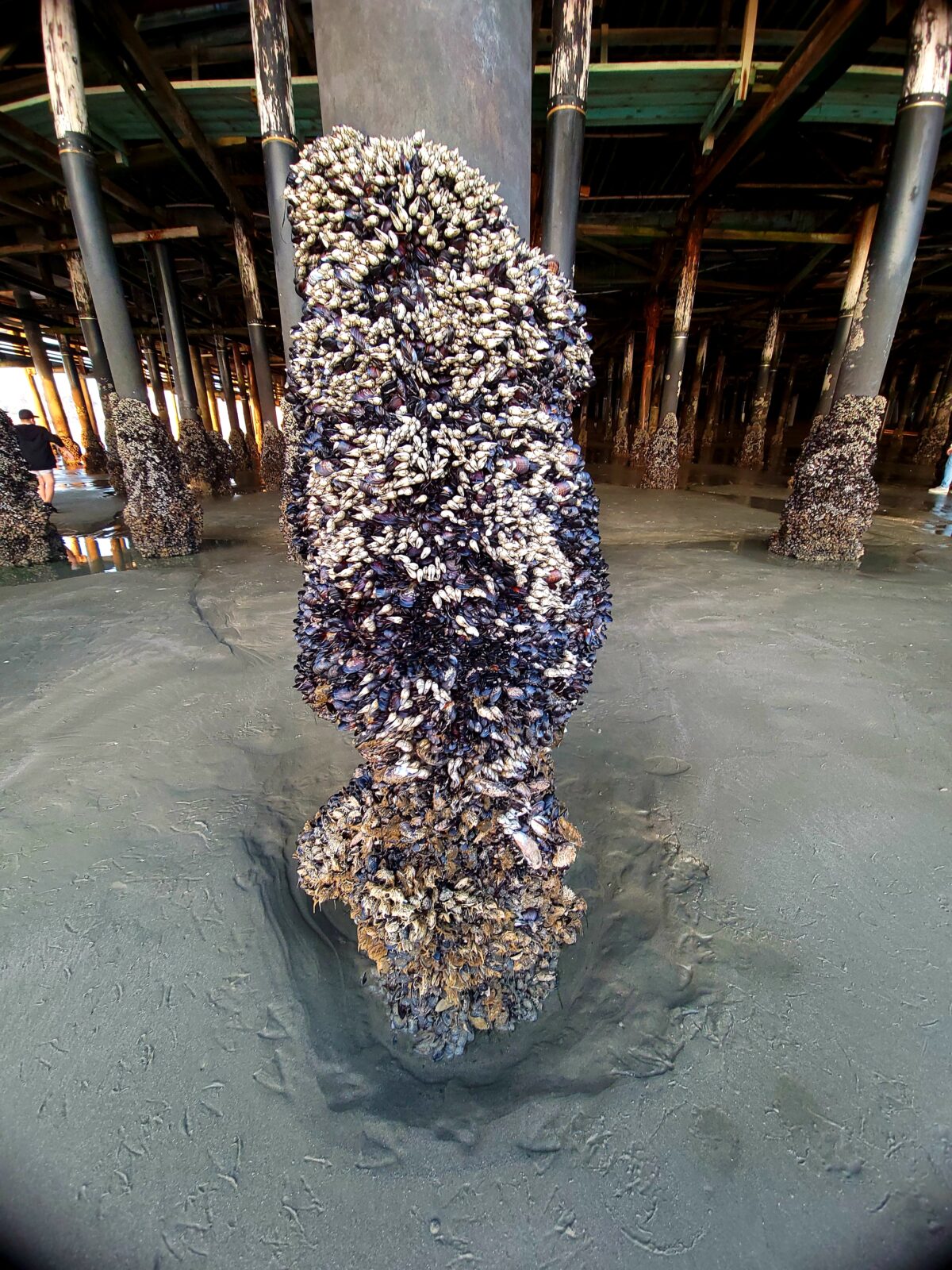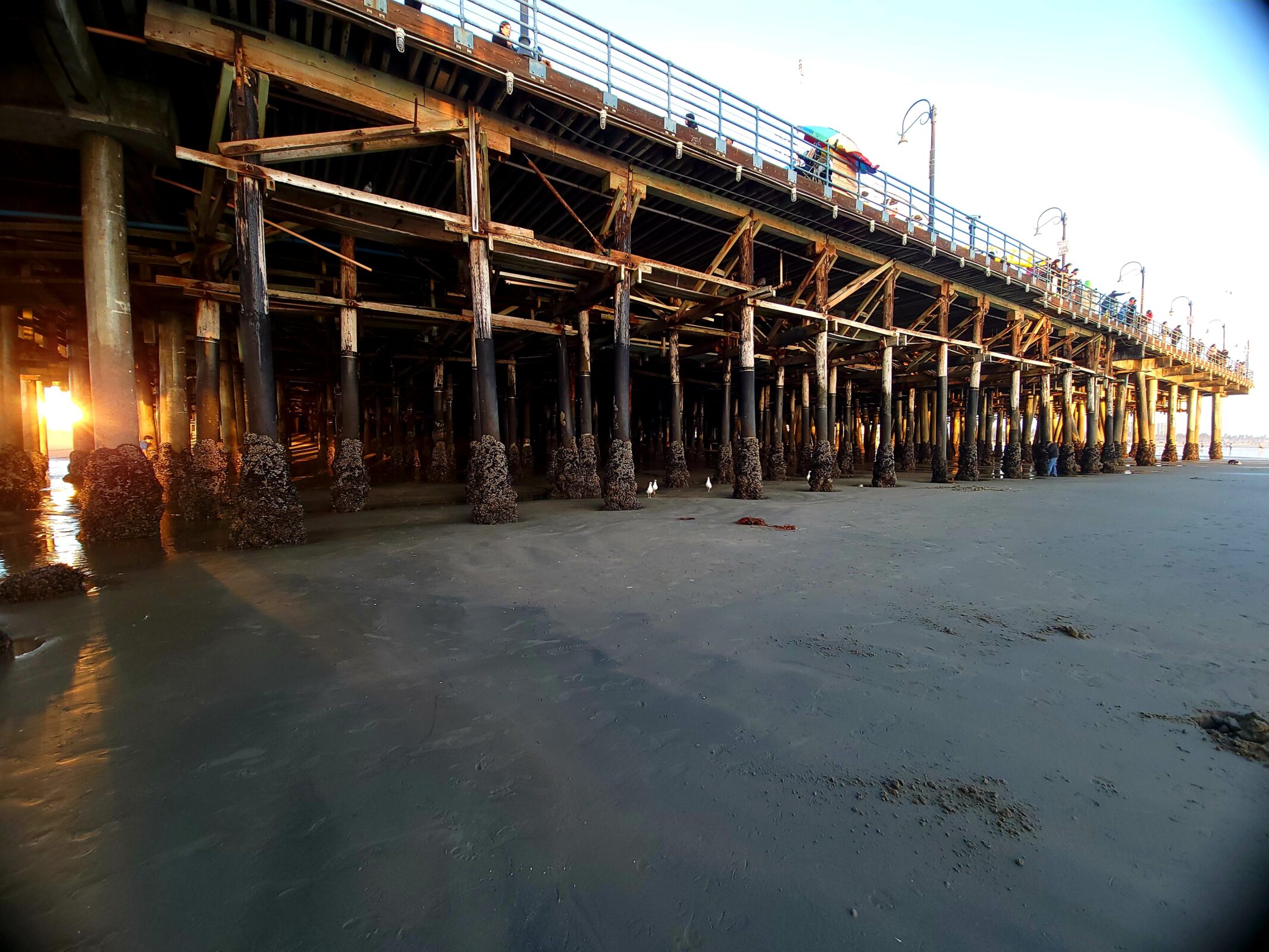Watch Tracy Quinn, our CEO on Spectrum News 1 discussing SB 54.
HEAL THE BAY IS ENCOURAGED to share that California has taken a major step forward in addressing the plastic pollution and waste crisis with the passage of Senate Bill 54 (SB 54) in the California State Legislature, followed by Governor Newsom signing it into law on June 30, 2022.
Reducing single-use plastics through comprehensive statewide policy is a priority for Heal the Bay. During Heal the Bay beach cleanups, 80% of the more than 4 million pieces of trash that our volunteers pick up is made from single-use plastics. In our ocean and rivers, plastic waste poses a significant threat to animals, leaching harmful chemicals into their bodies or even blocking their digestive tract, leading to starvation and malnourishment. The plastic pollution can even transfer up the food chain ultimately passing the toxins on to us.
SB 54, authored by Senator Ben Allen, establishes a producer responsibility scheme to hold plastic industries accountable for the waste they produce. We look forward to working with Senator Allen on the implementation of SB 54, and with our environmental justice partners to ensure low-income communities and communities of color don’t bear additional burdens. Pollution from the full lifecycle of plastics, which are derived from fossil fuels, already harms communities of color disproportionately. This pollution can lead to health impacts such as asthma, respiratory illness, headaches, fatigue, nosebleeds, and even cancer.
“Heal the Bay envisions a solution that moves us entirely away from single-use materials, especially plastics, and focuses on reuse and refill instead. Even though recycling is an important part of this process, we cannot recycle our way out — nor can we use dangerous chemical recycling methods that dispose of plastics in our air. We will continue to push hard, alongside other environmental and community-based organizations and advocates, to ensure the producer responsibility program established by SB 54 prioritizes reuse and refill,” said Tracy Quinn, Heal the Bay CEO and President.
The passing of this legislation ultimately means the California Recycling and Plastics Pollution Reduction Act Initiative, which was supposed to be on the November 2022 ballot, will be pulled. While we were thrilled to give California voters the opportunity to make this decision, our California legislature has incorporated many of the requirements and solutions laid out in the plastic ballot measure. The momentum of the plastic ballot measure brought industry to the table to make real commitments, and we are going to hold them to it.
What’s included in SB 54:
- Sets a 25% source reduction goal for single-use packaging production by 2032. And by then, 65% of single-use packaging still being produced will need to be truly recyclable or compostable
- Establishes a producer responsibility scheme through the formation of a Producer Responsibility Organization (PRO) to help California reduce plastic pollution, and creates strong state government enforcement and oversight that will remove power from the PRO should they fall out of compliance
- Requires $5 billion of environmental mitigation funding from plastic producers to go toward environmental restoration and cleanup over 10-years
What needs to be improved upon in the legislation:
- Does not outright ban polystyrene, rather it sets recycling rates of 25% by 2025 with the material being banned if this rate cannot be met
- Allows for post-consumer recycled content (recycled plastic that is used in a new product) to count toward source reduction goal
Heal the Bay thanks Senator Allen and the bill’s co-authors Senators Becker, Gonzalez, Hertzberg, Kamlager, Skinner, Stern, and Wiener for championing SB 54. A huge thank you to Assemblymember Luz Rivas who advocated for important amendments. With the passage of SB 54, we look forward to experiencing less plastic pollution in our communities and environments and seeing a decrease in public health risks in the years to come.
Stay tuned for a deep dive from us on Senate Bill 54: The Plastic Pollution Prevention and Packaging Producer Responsibility Act.



